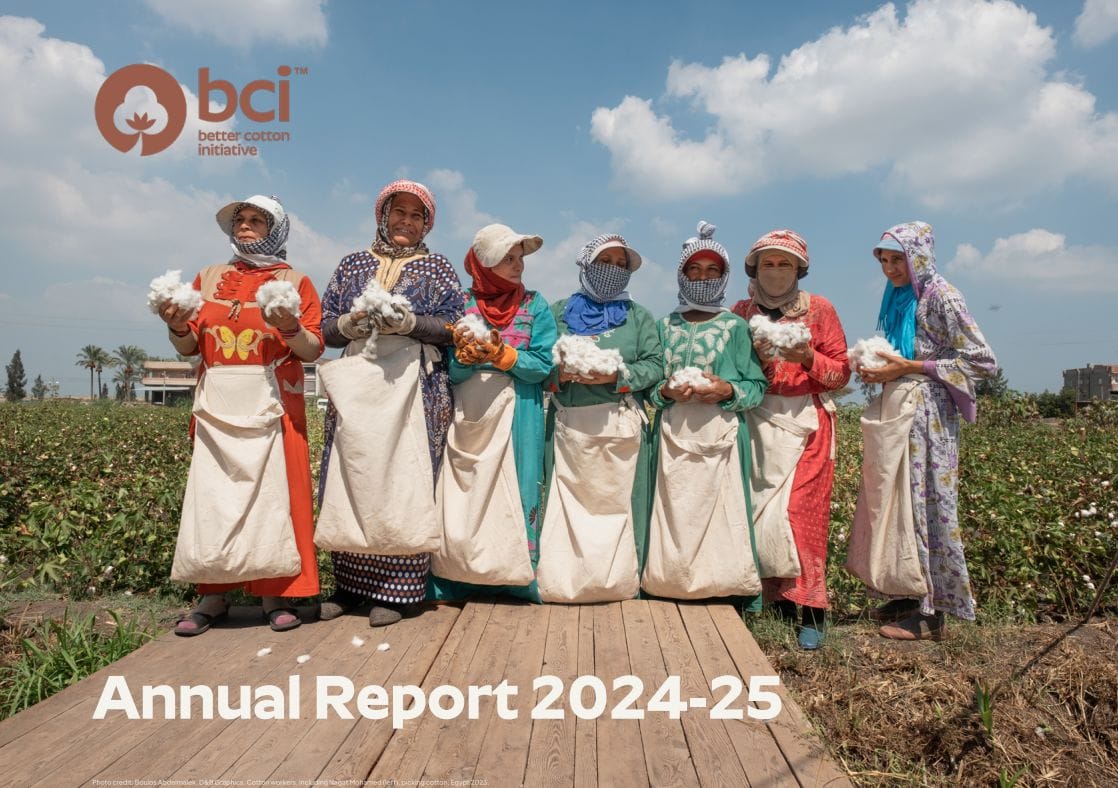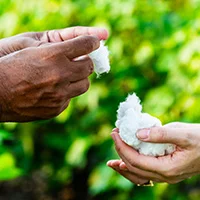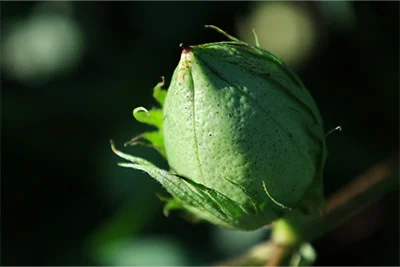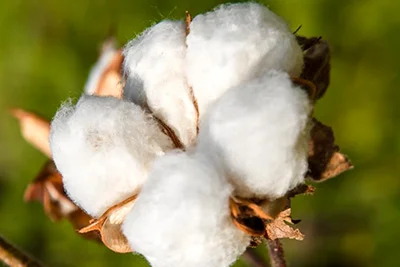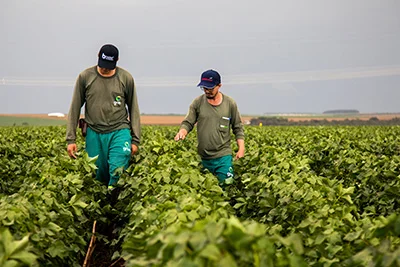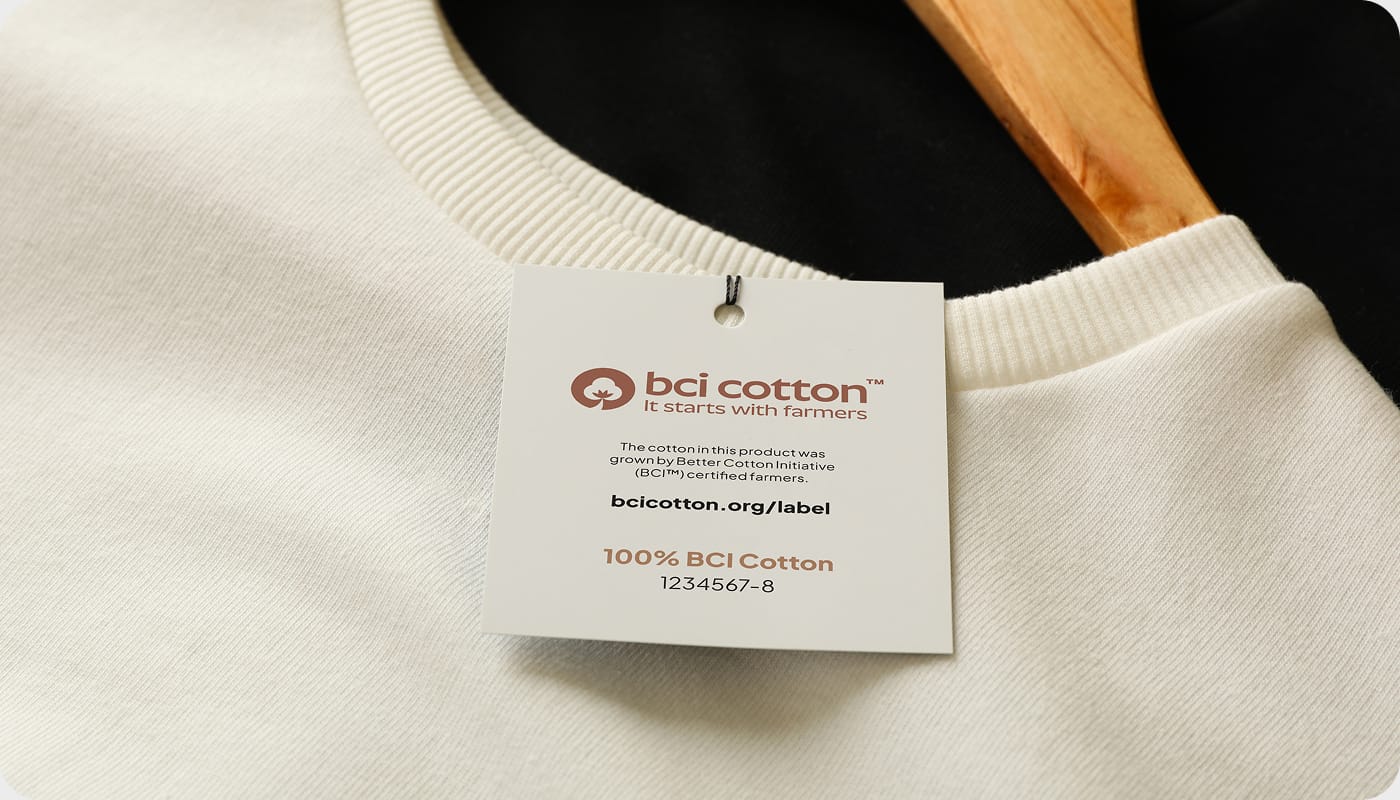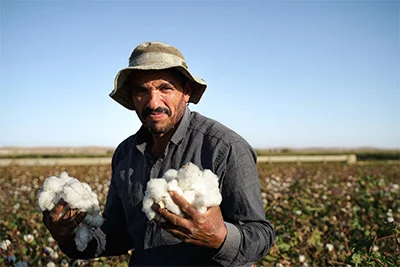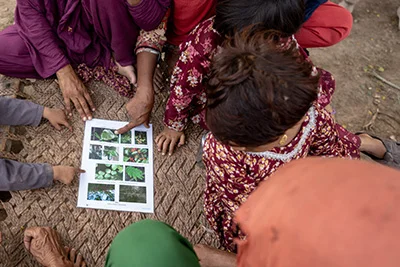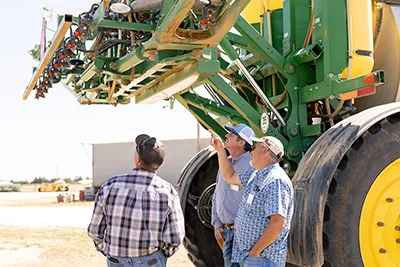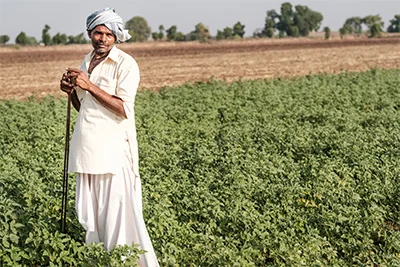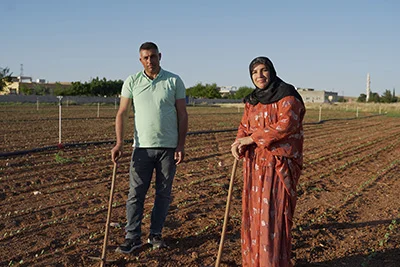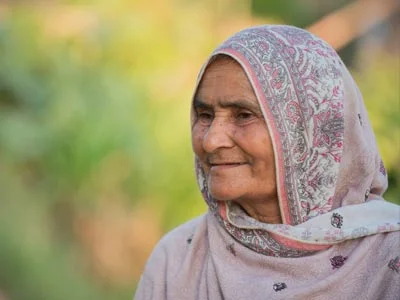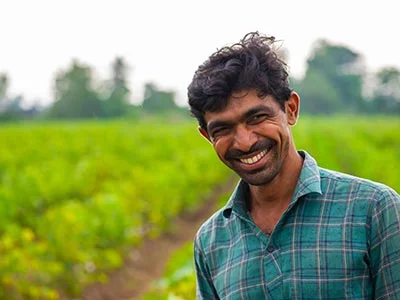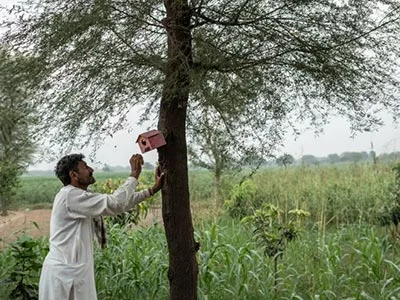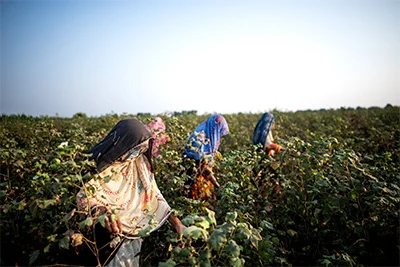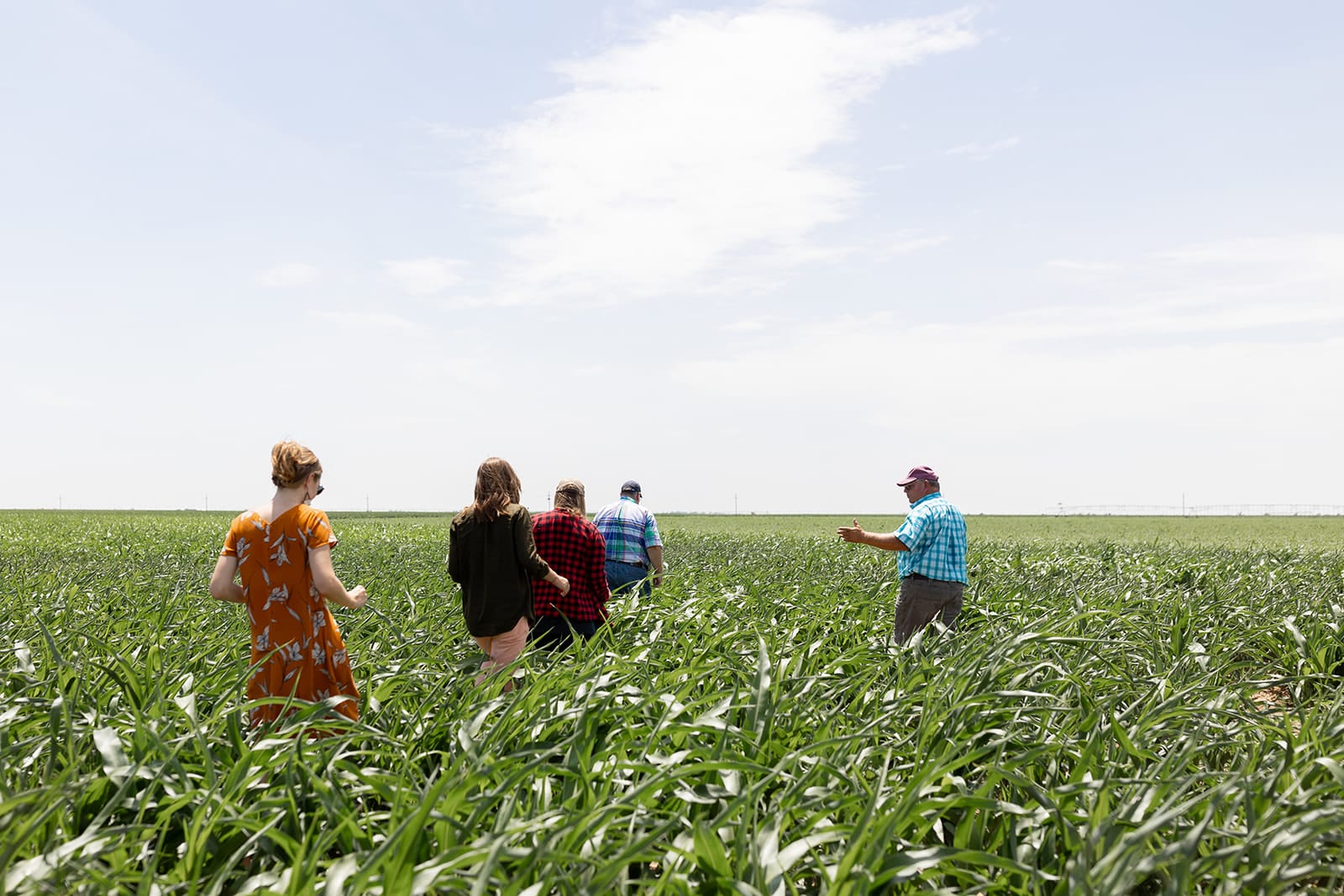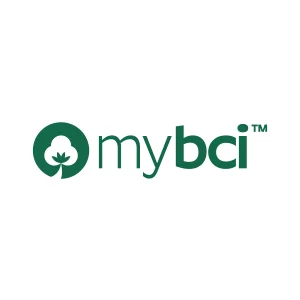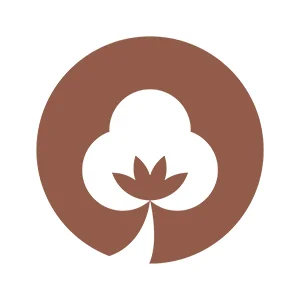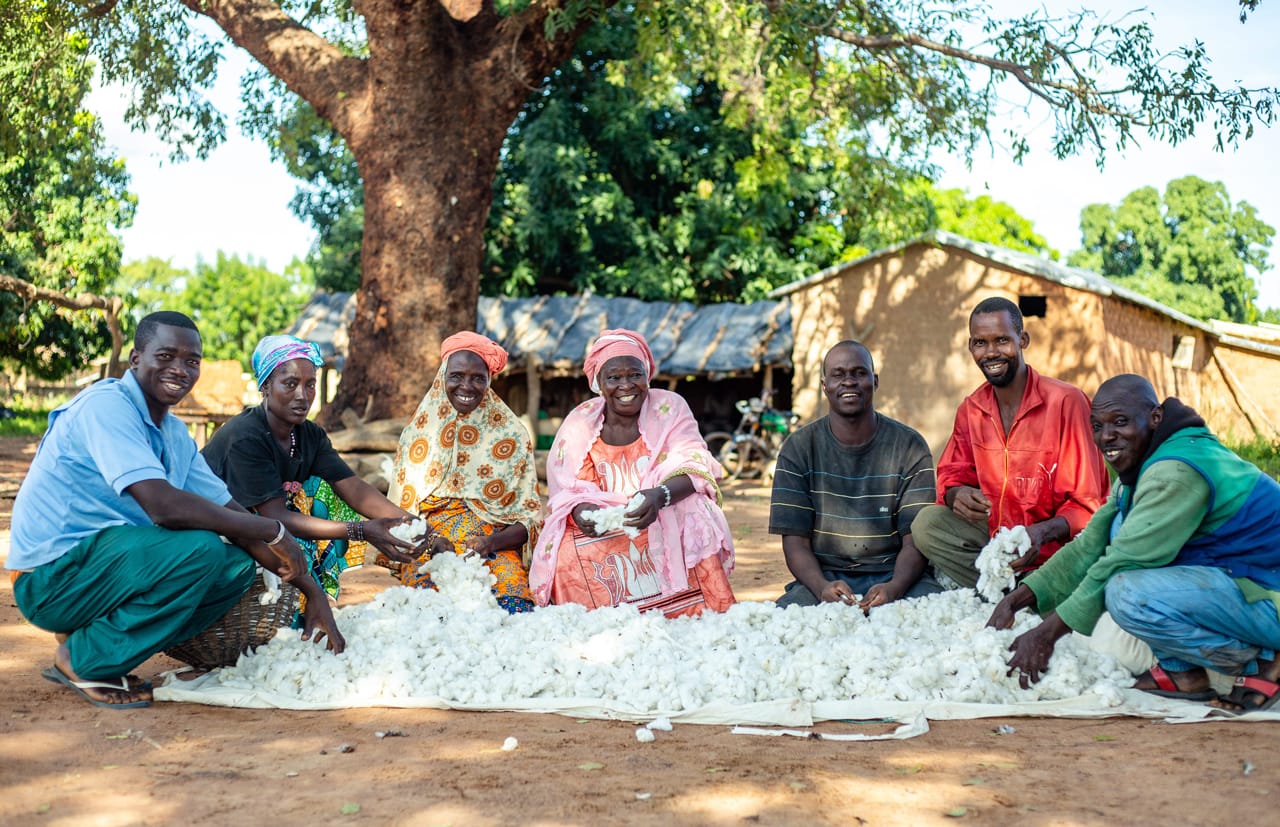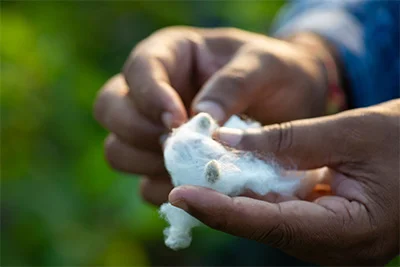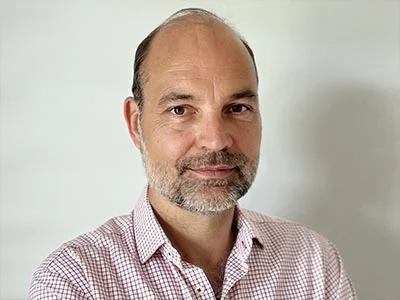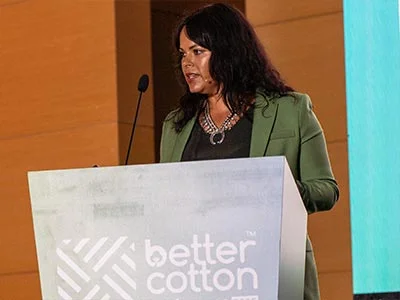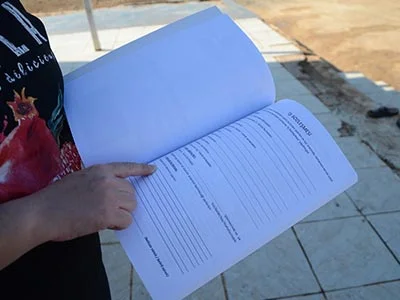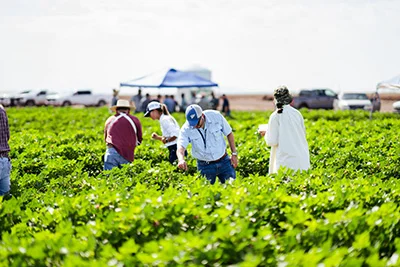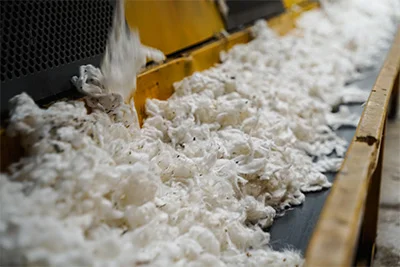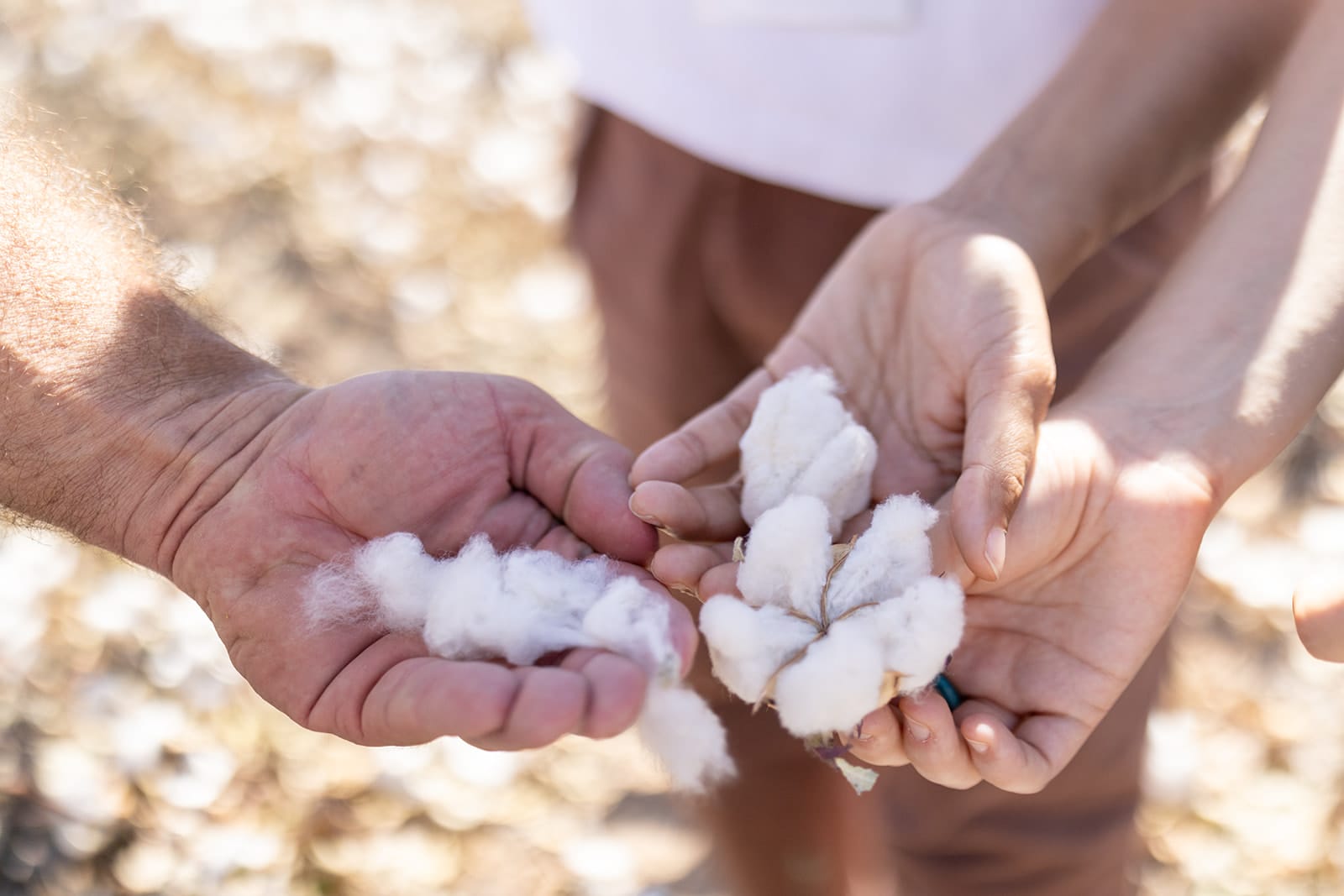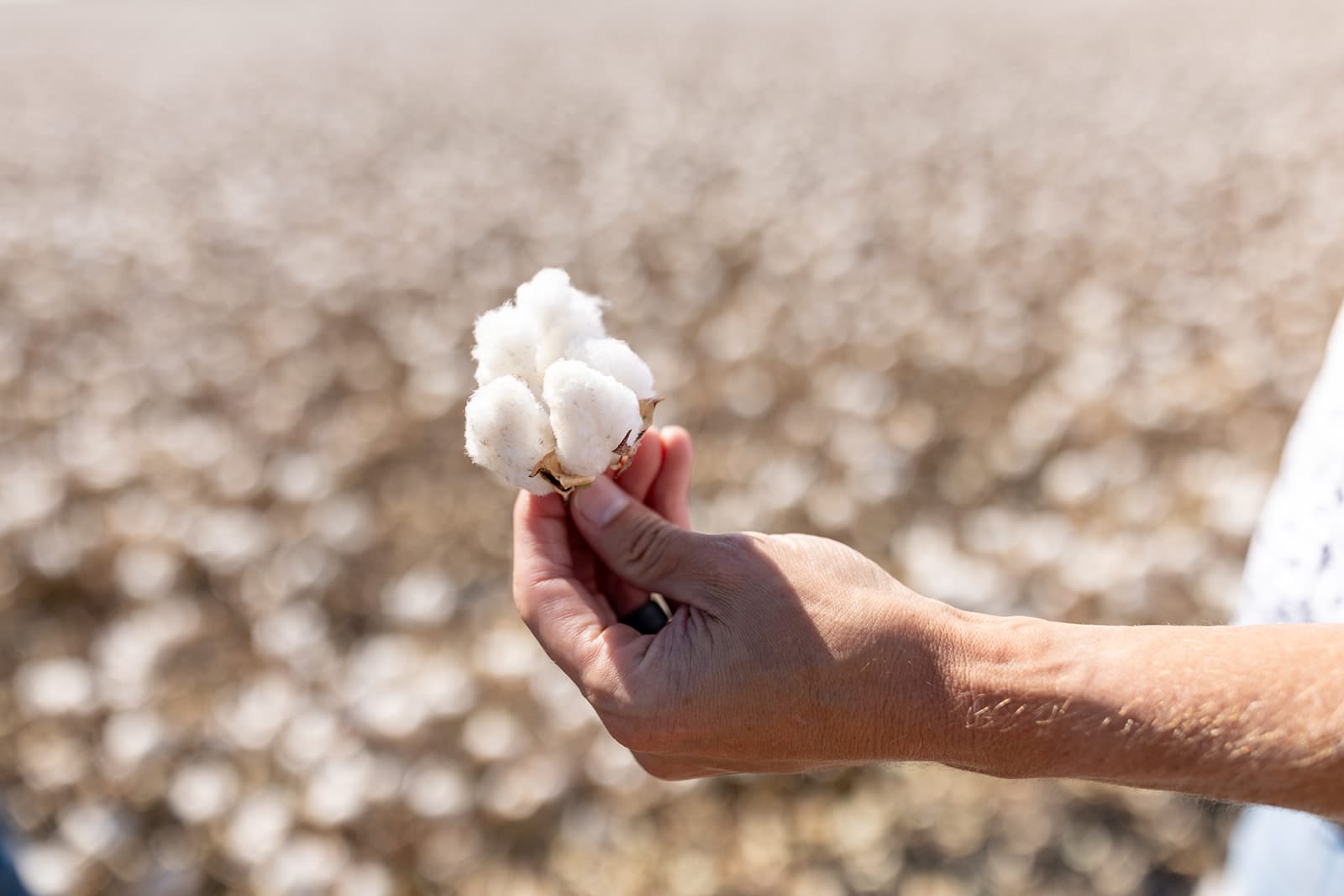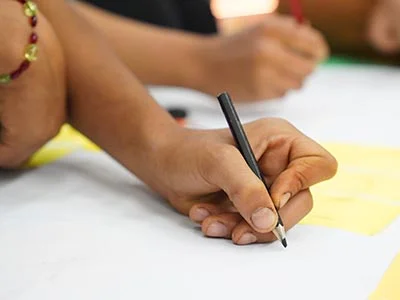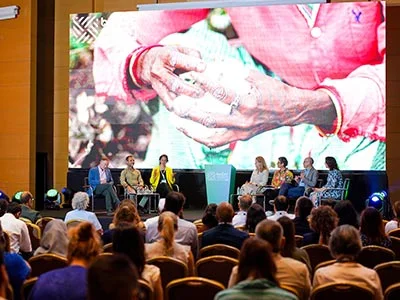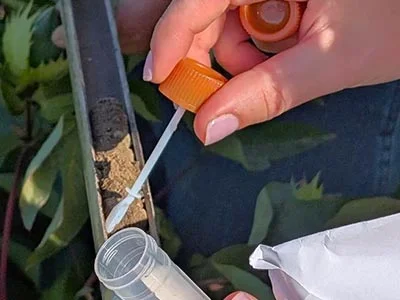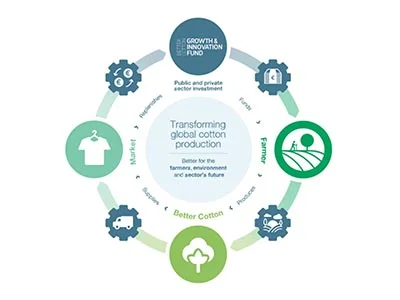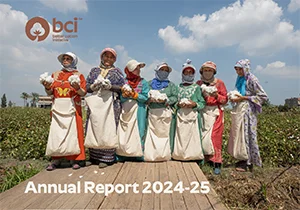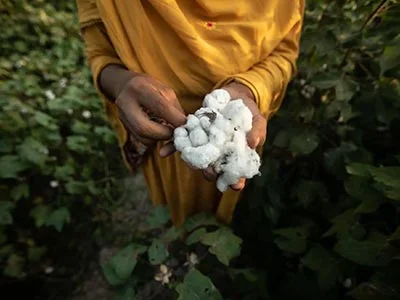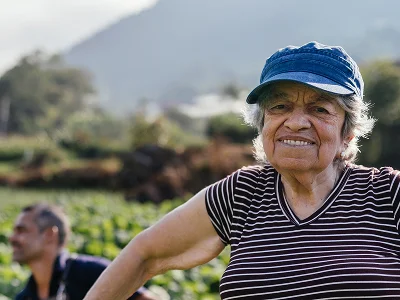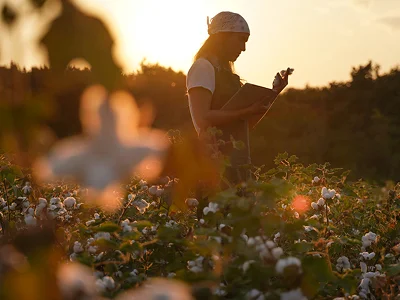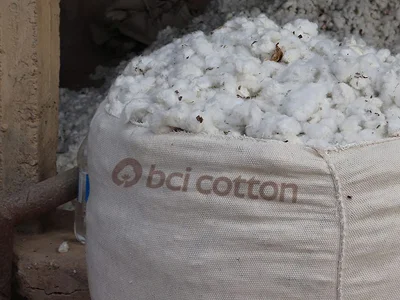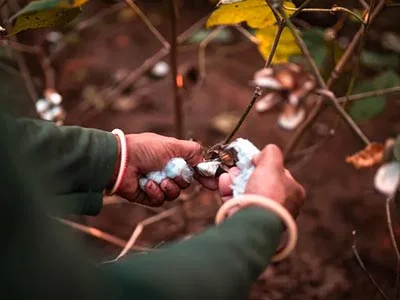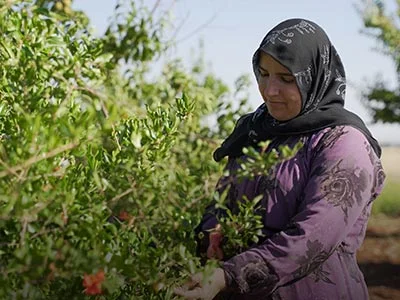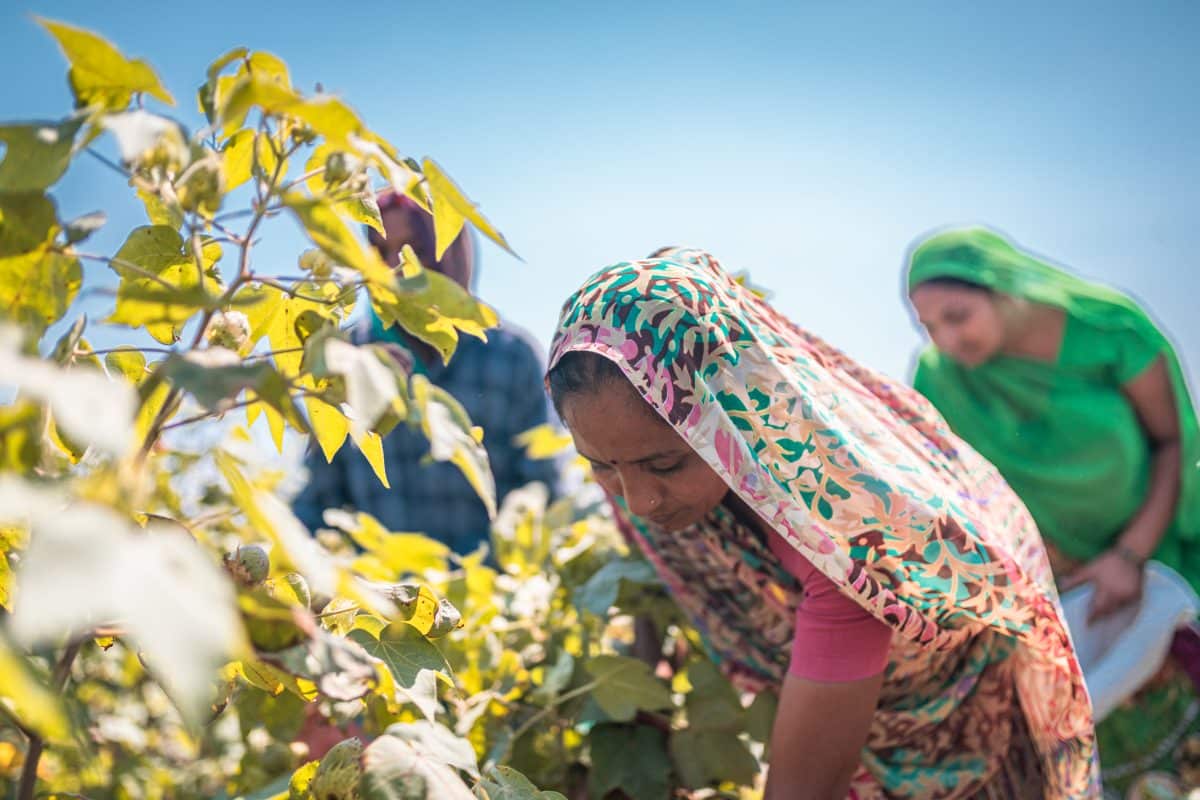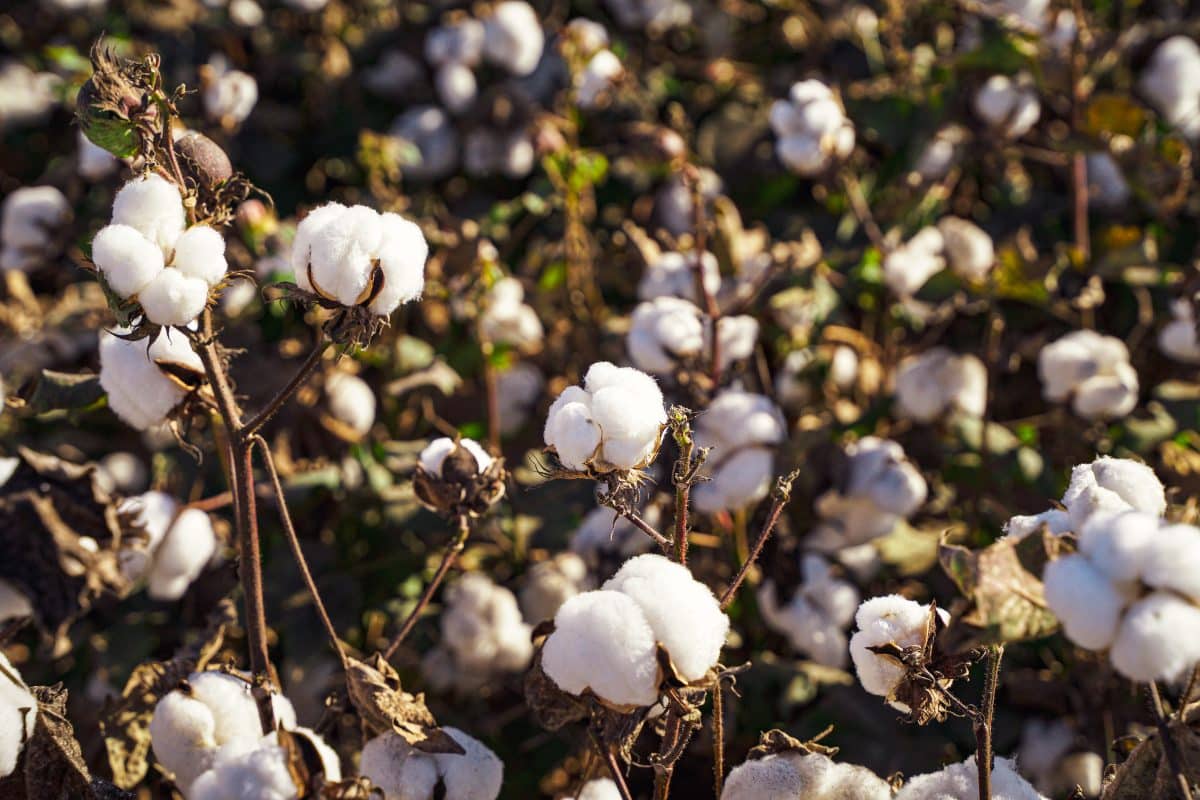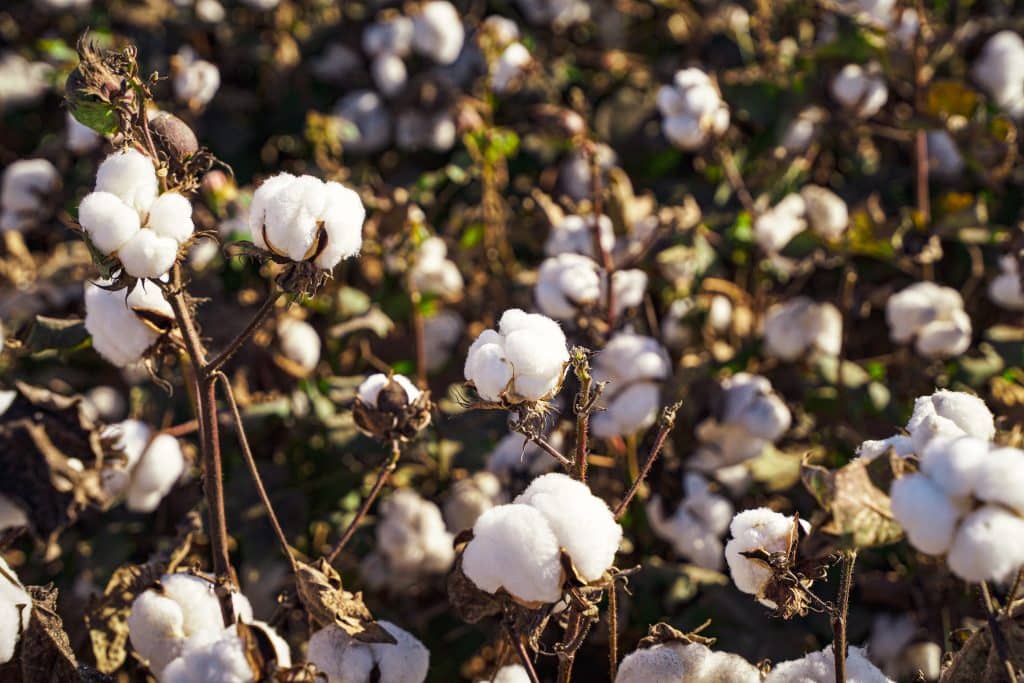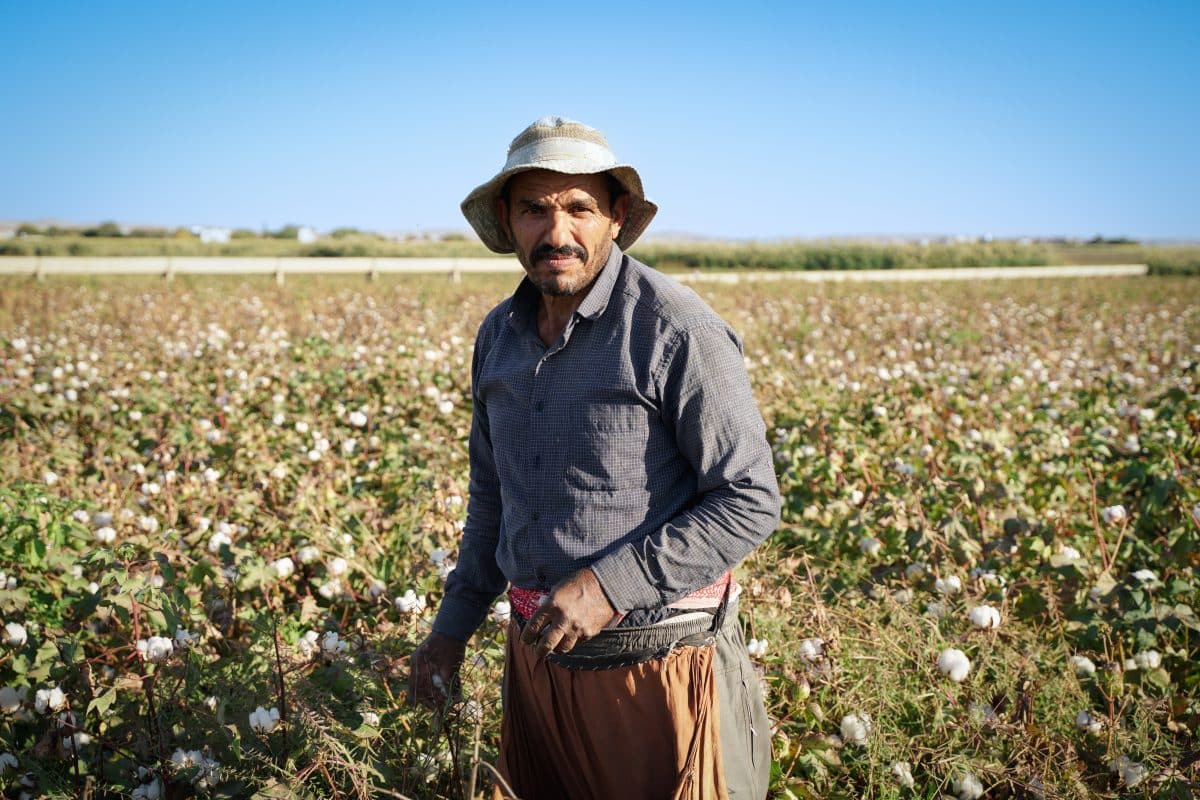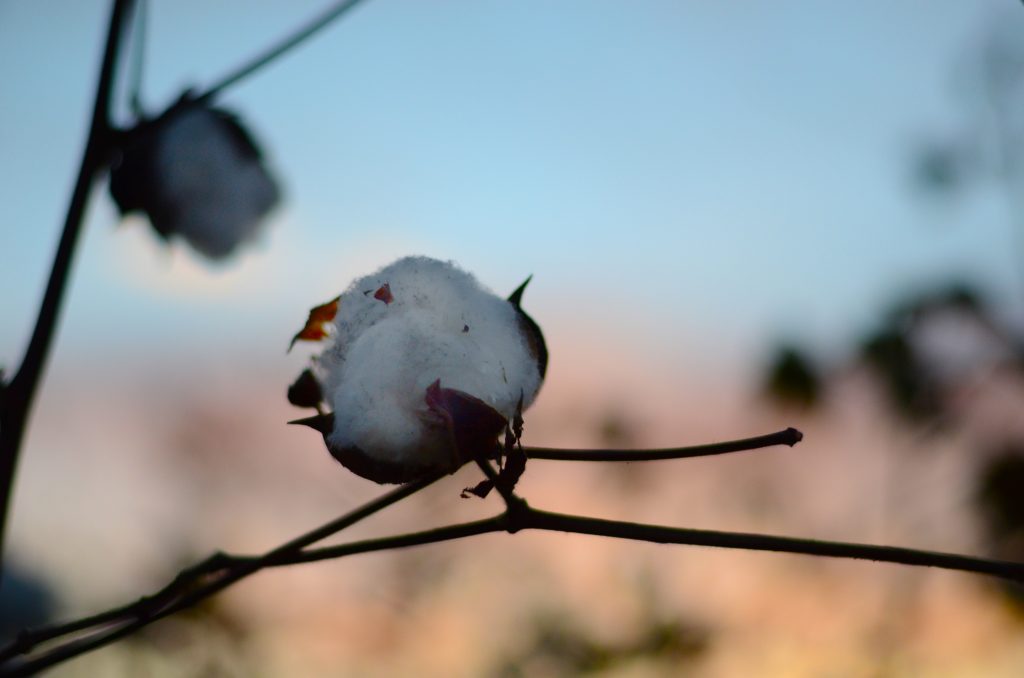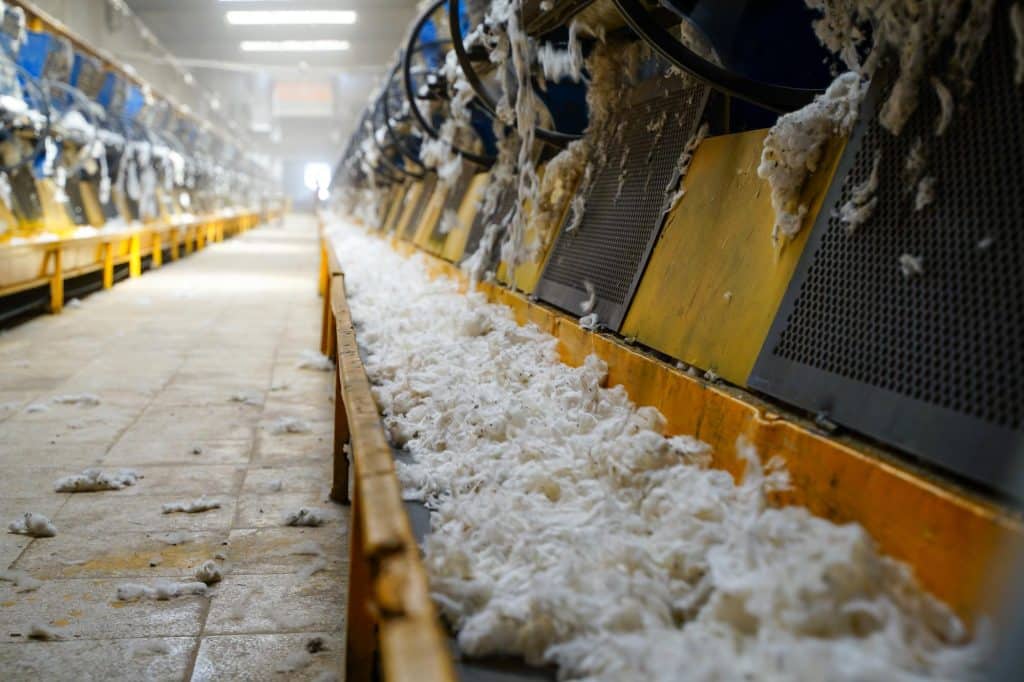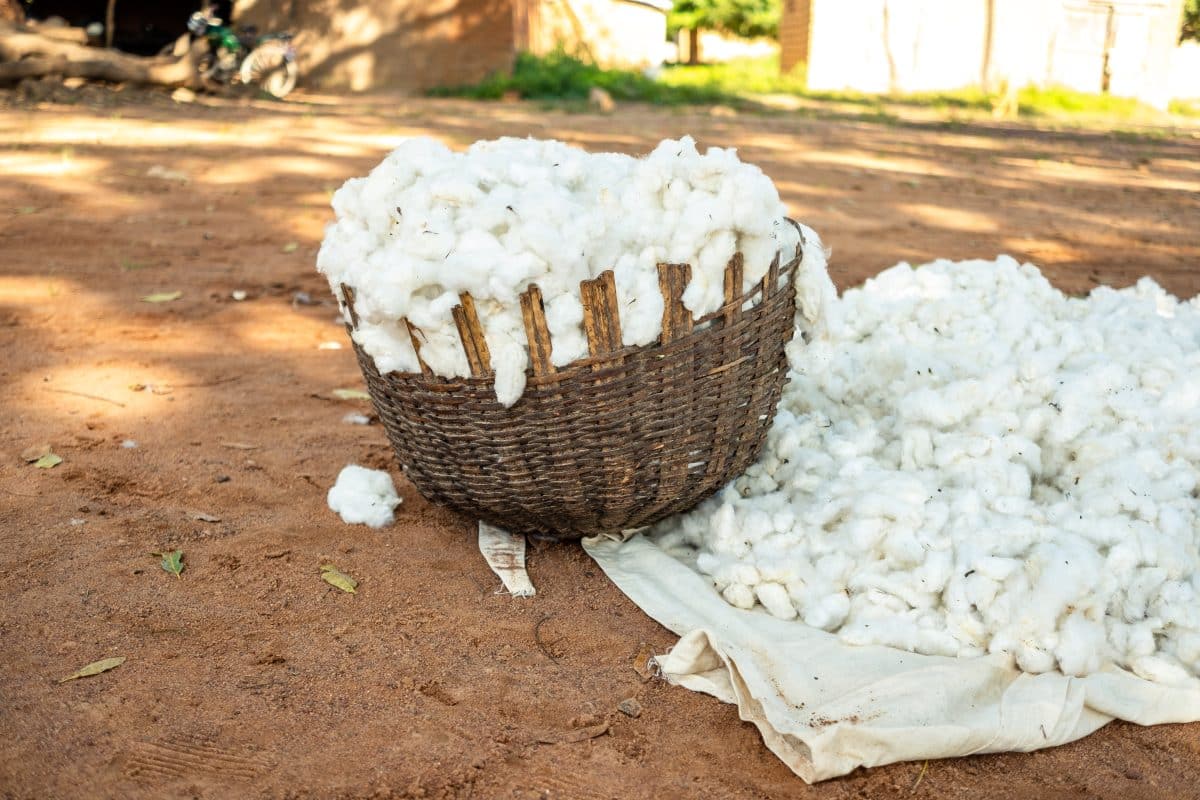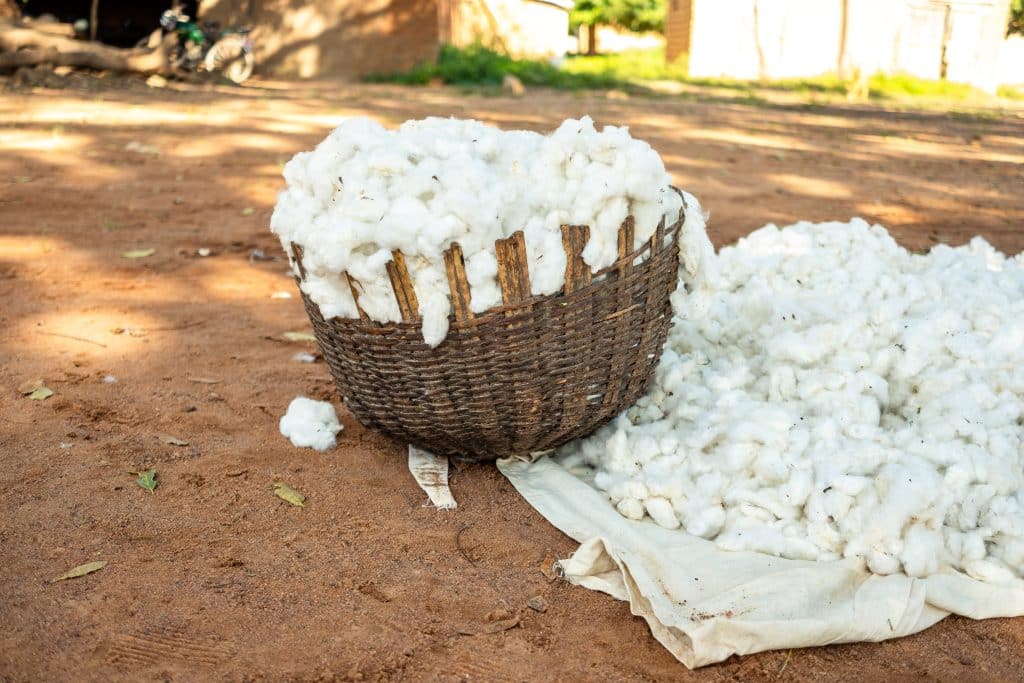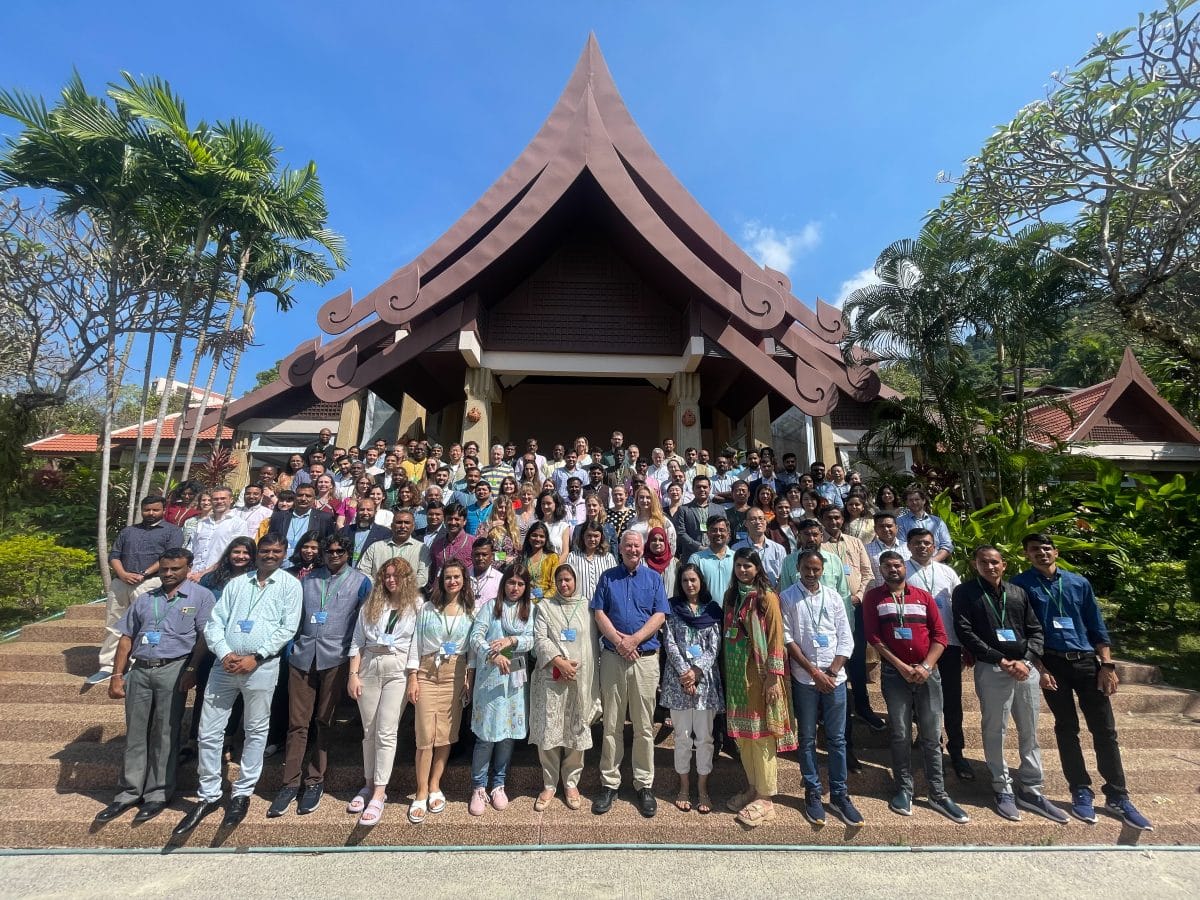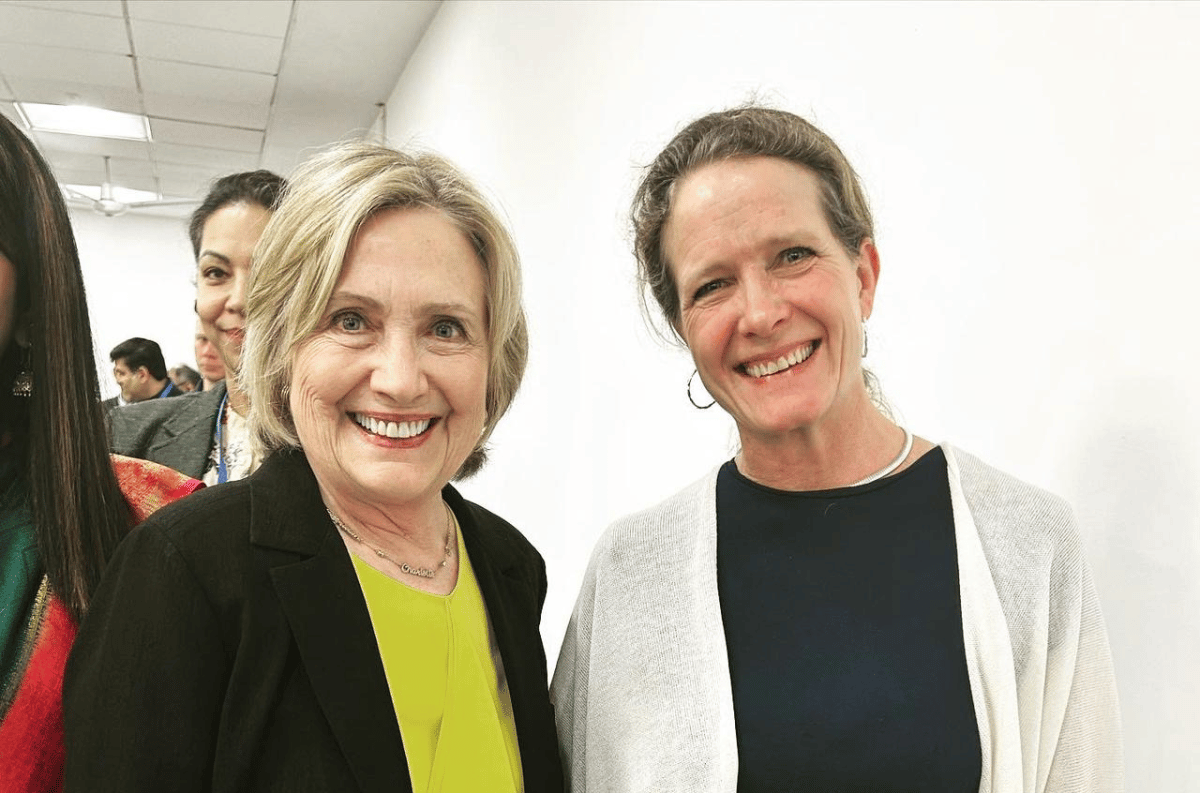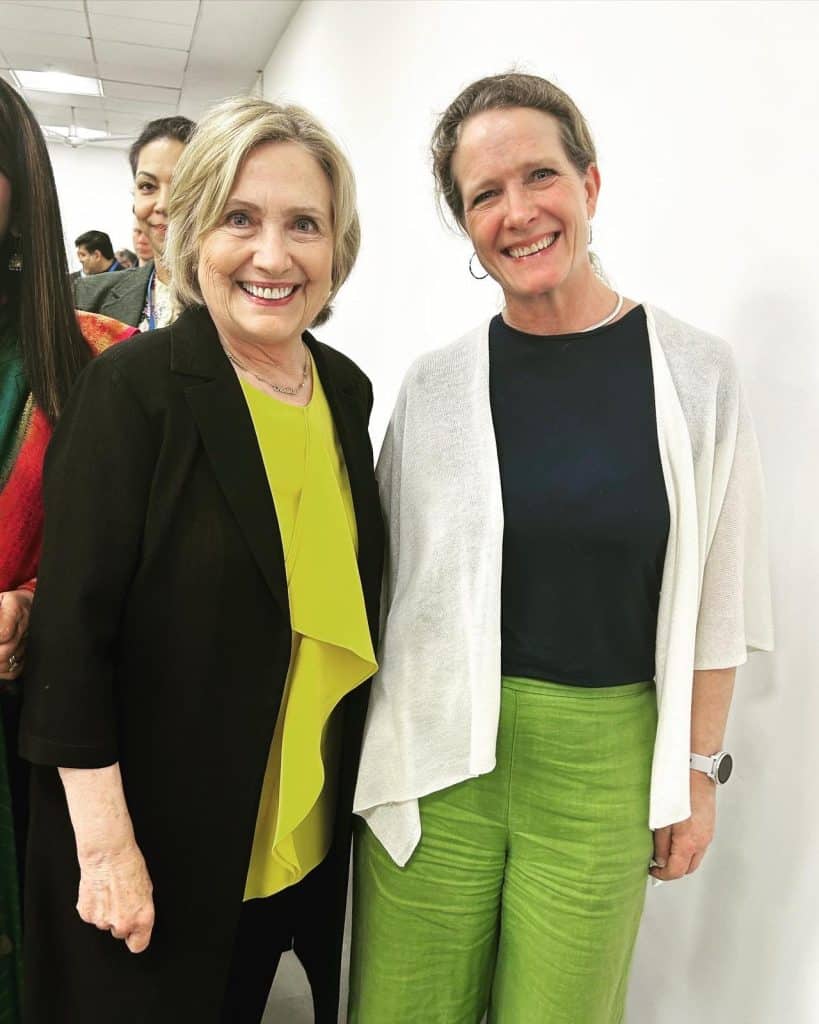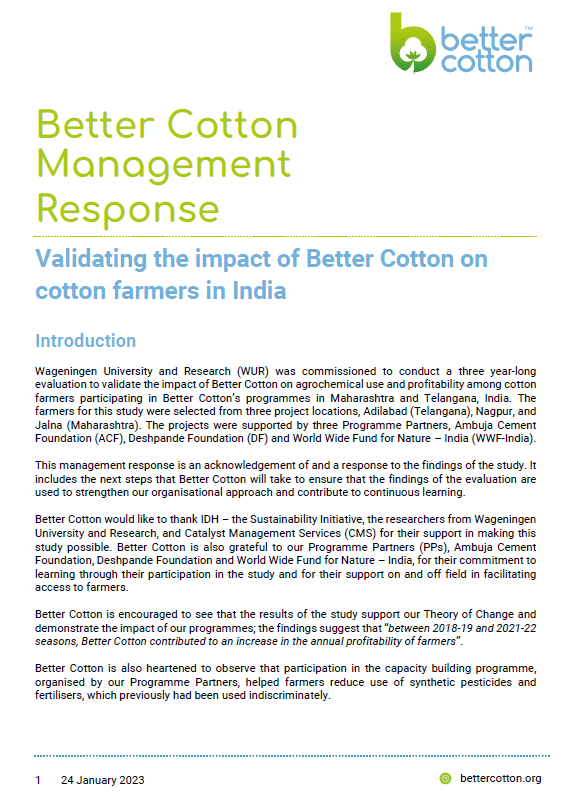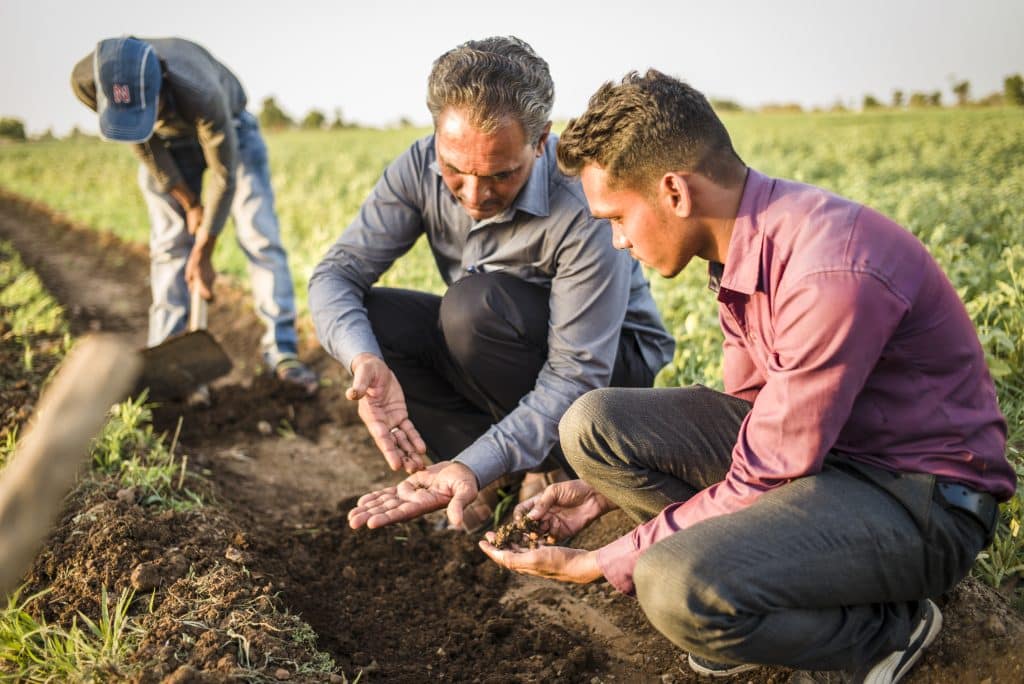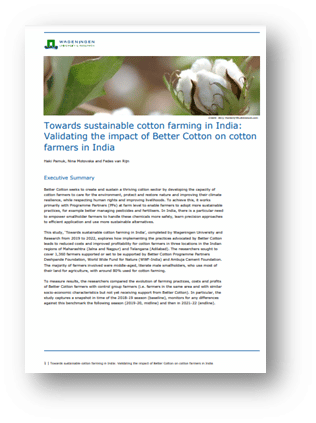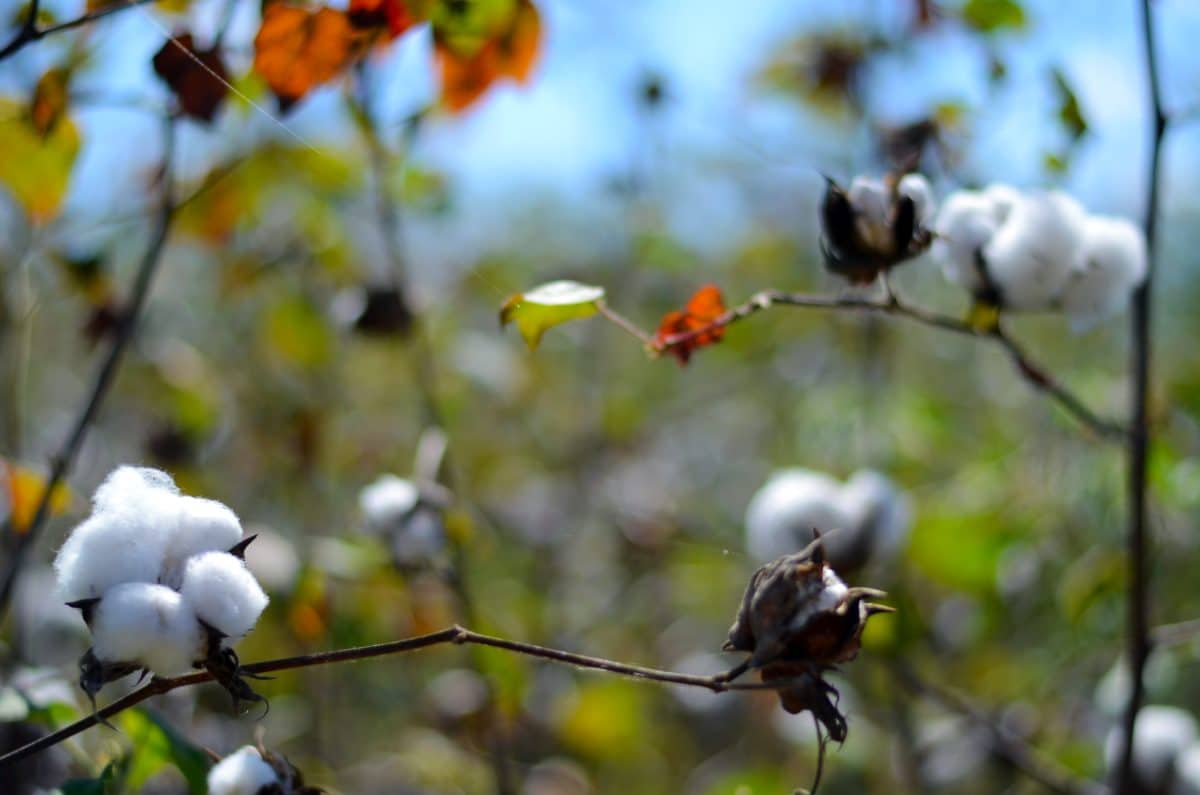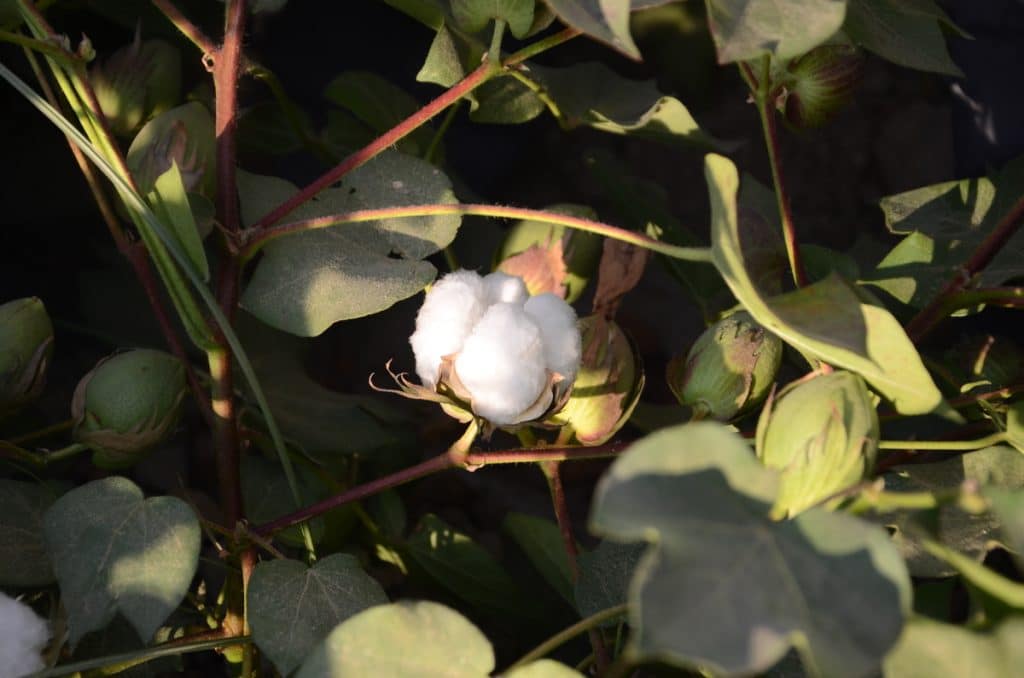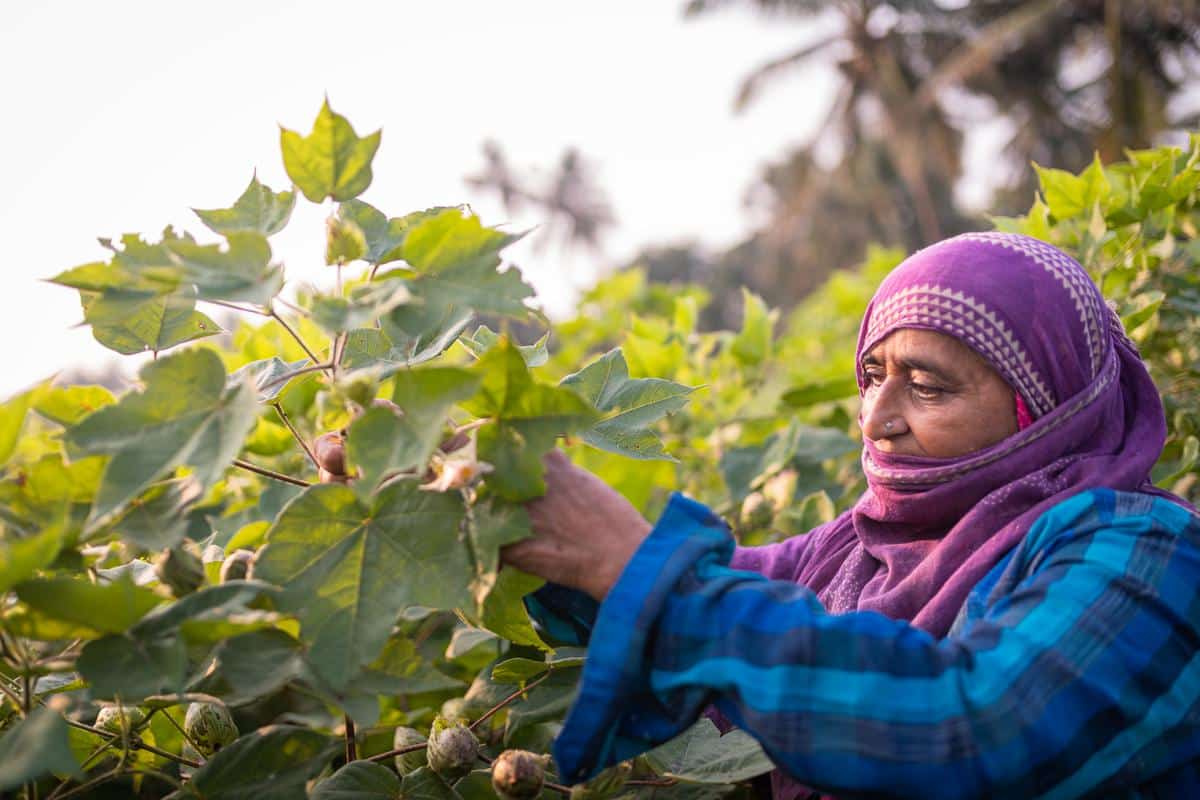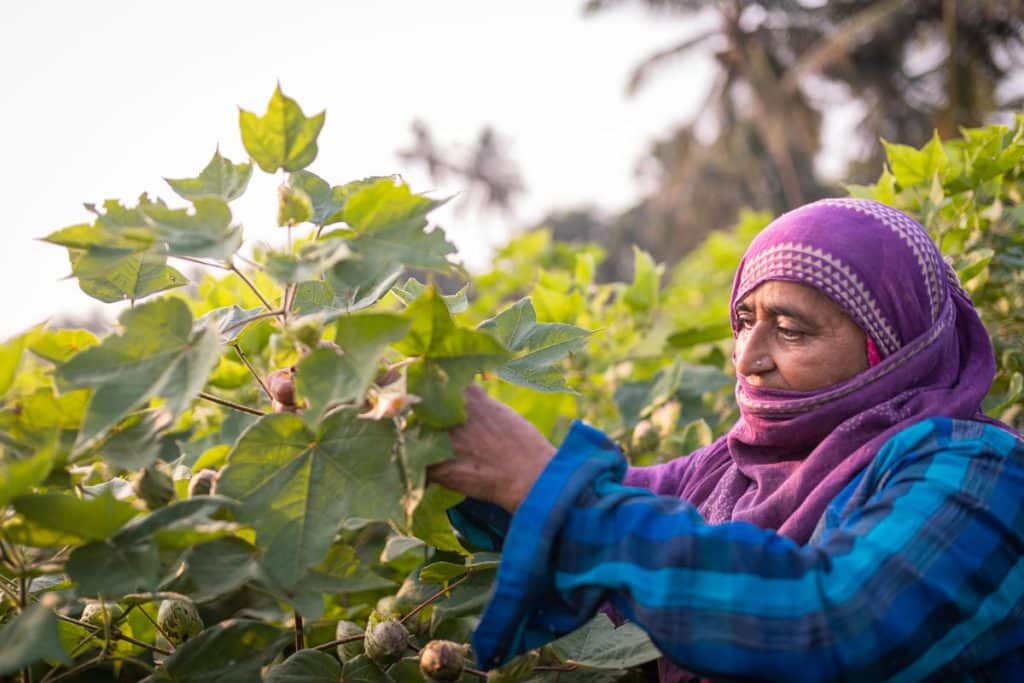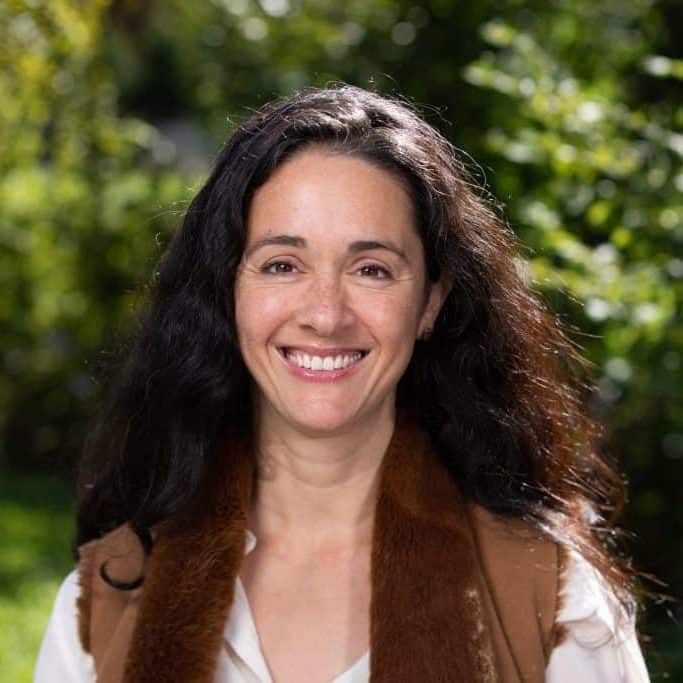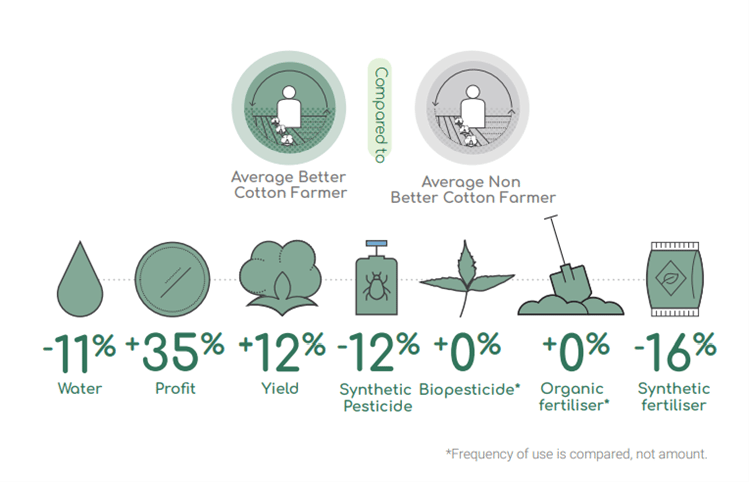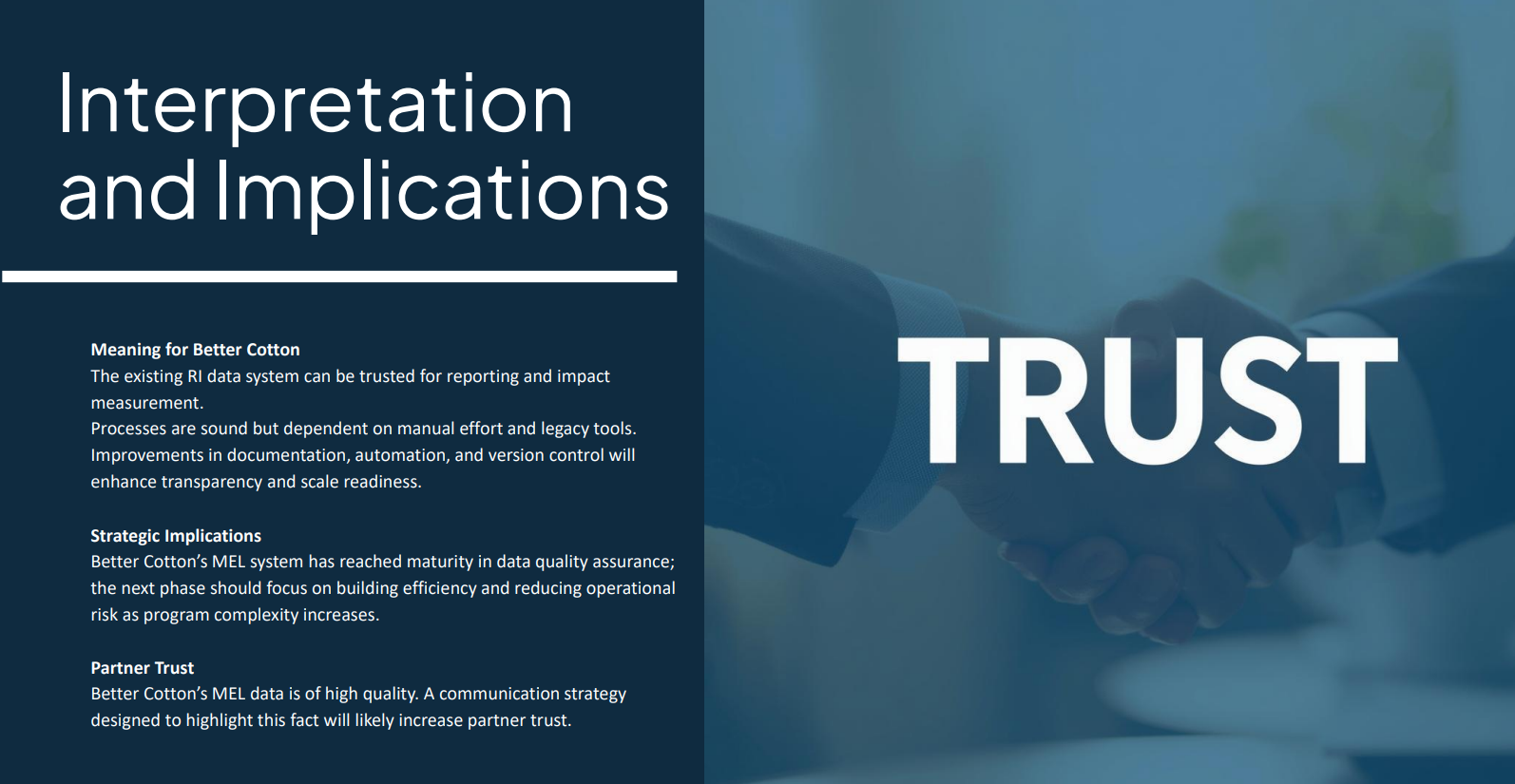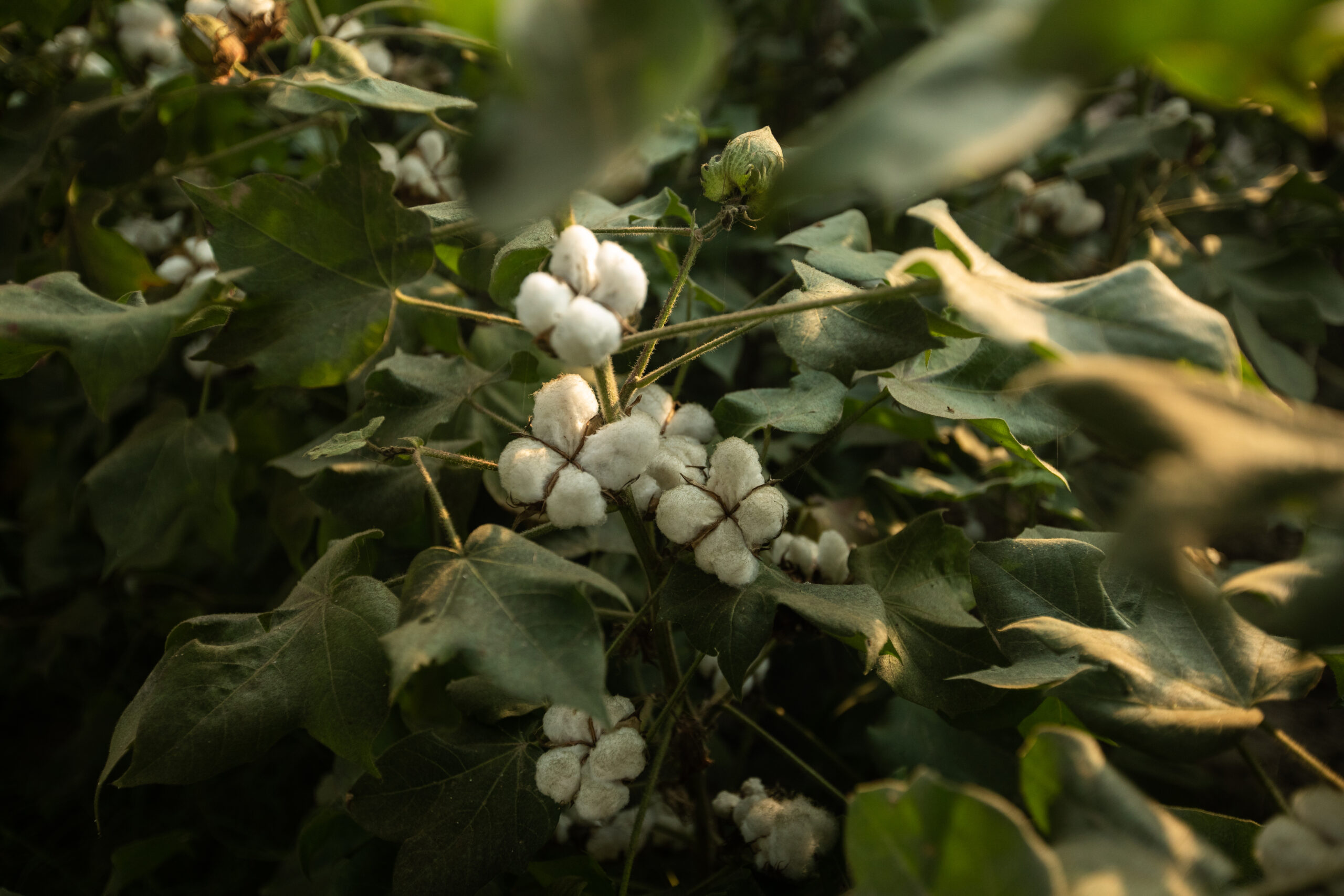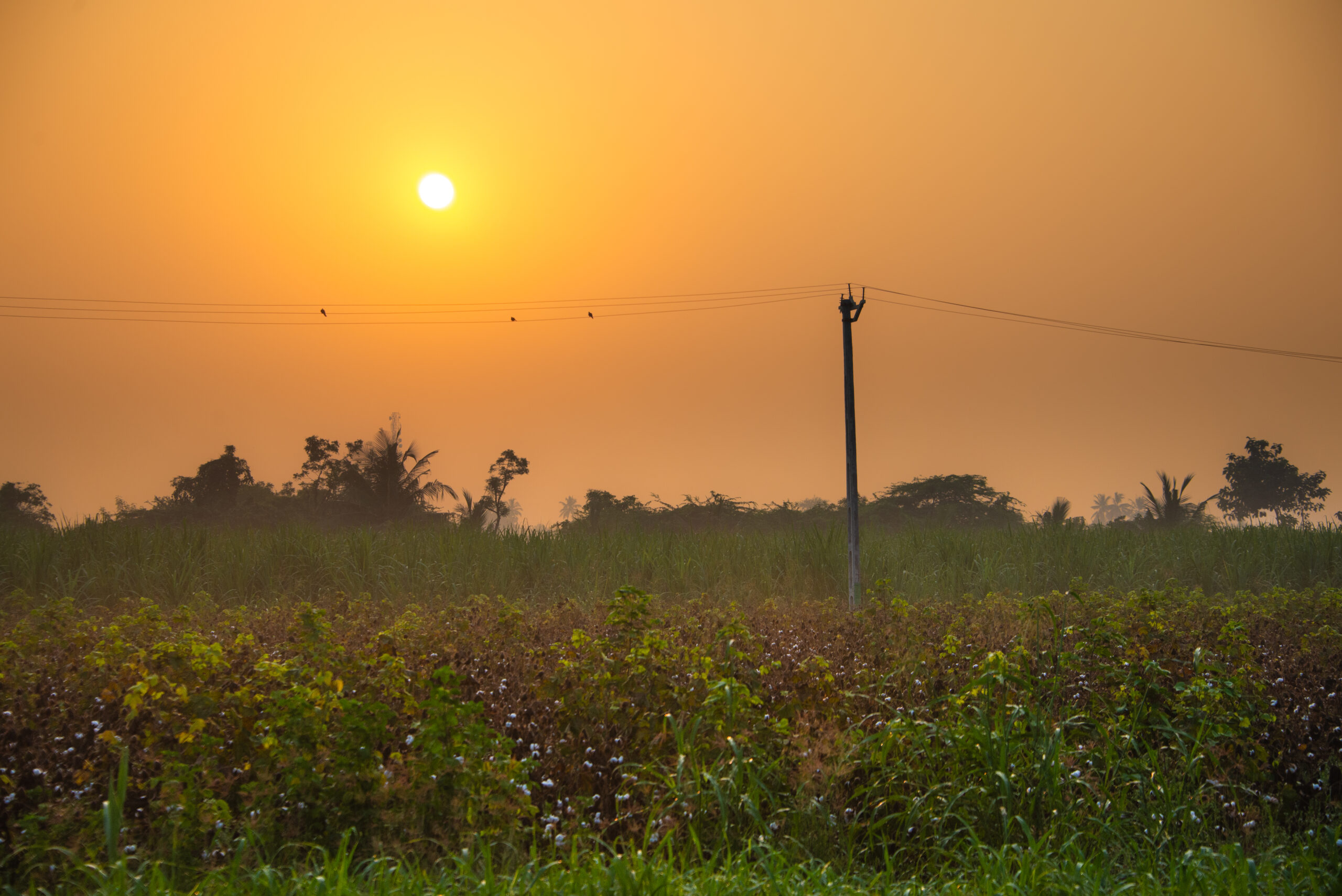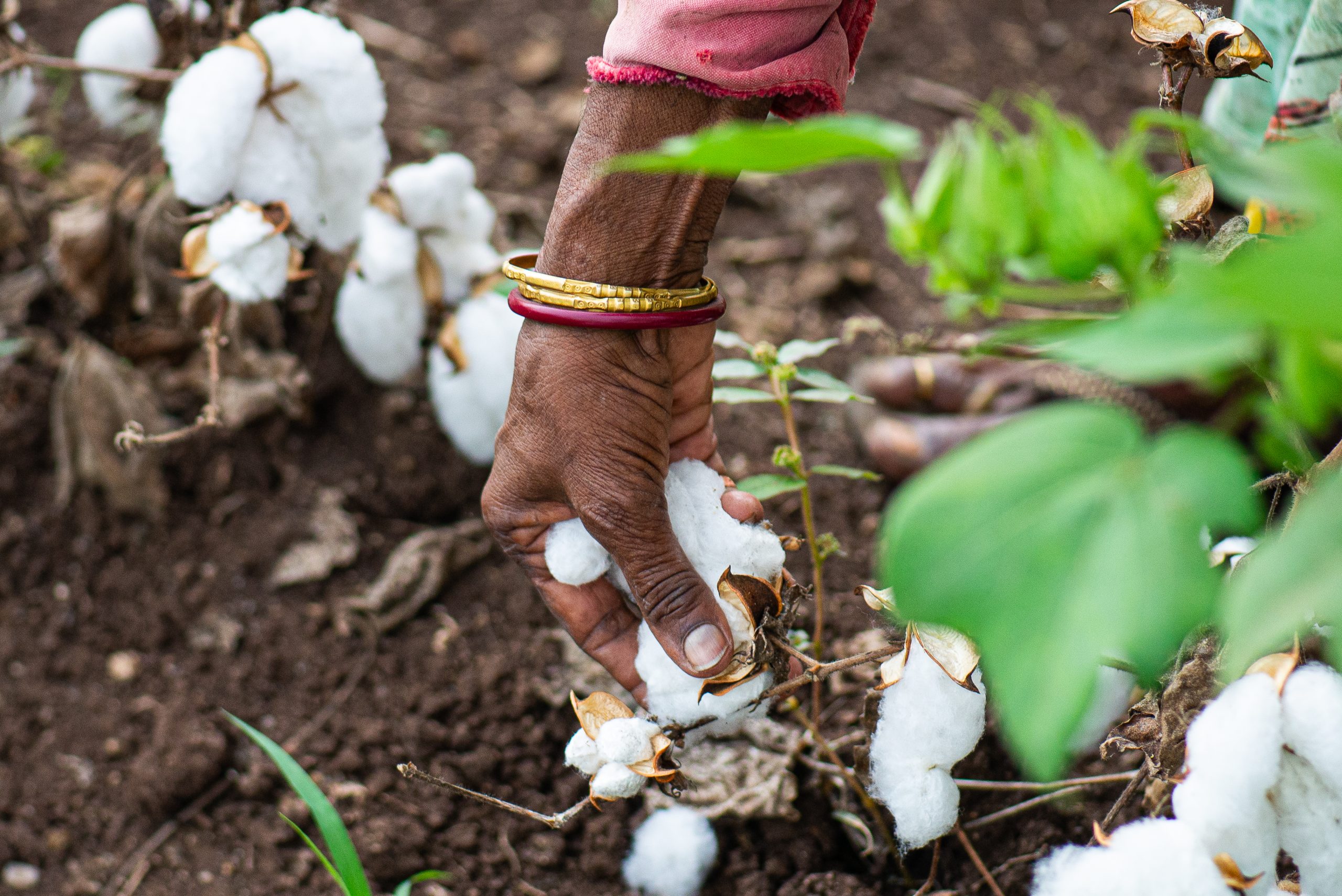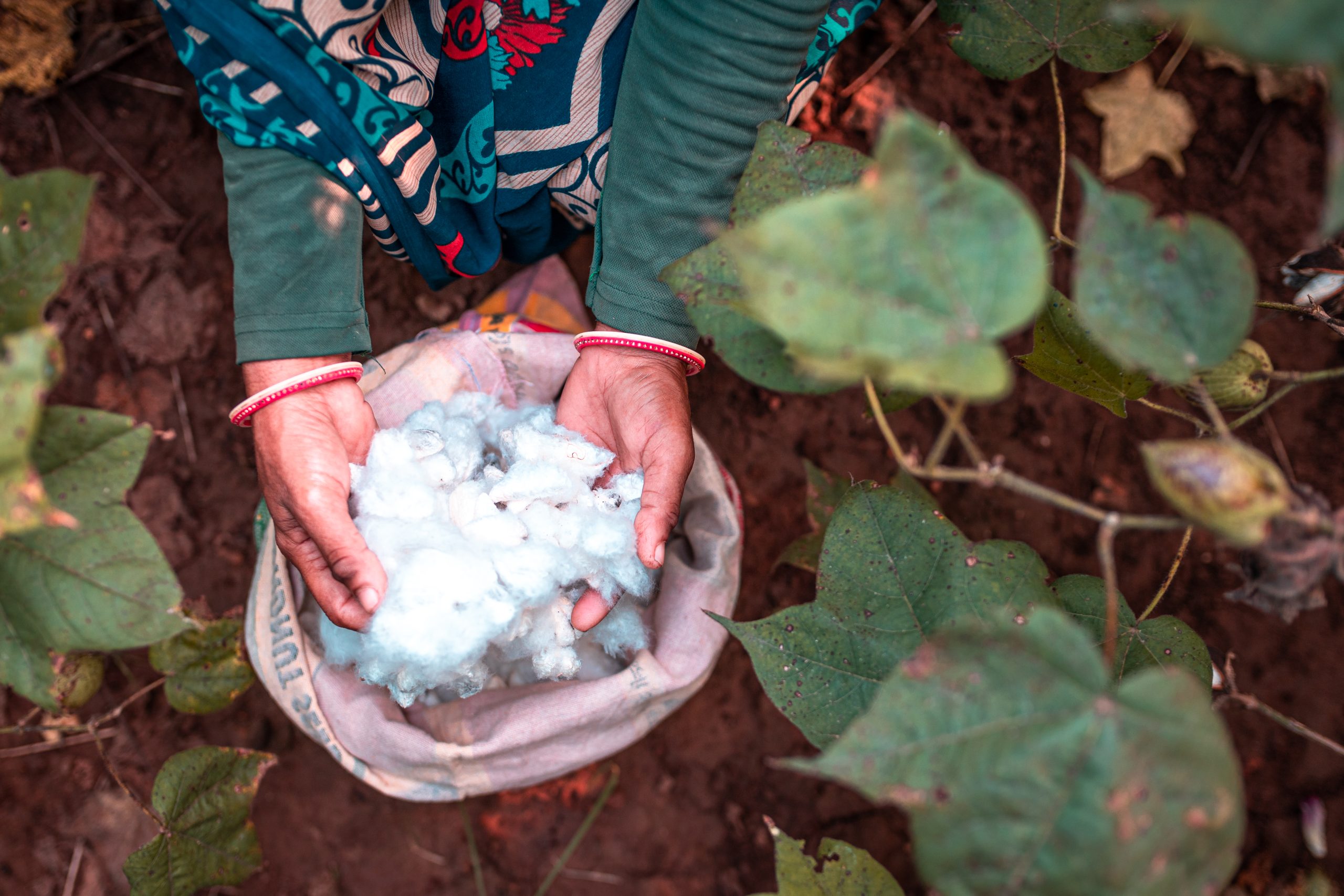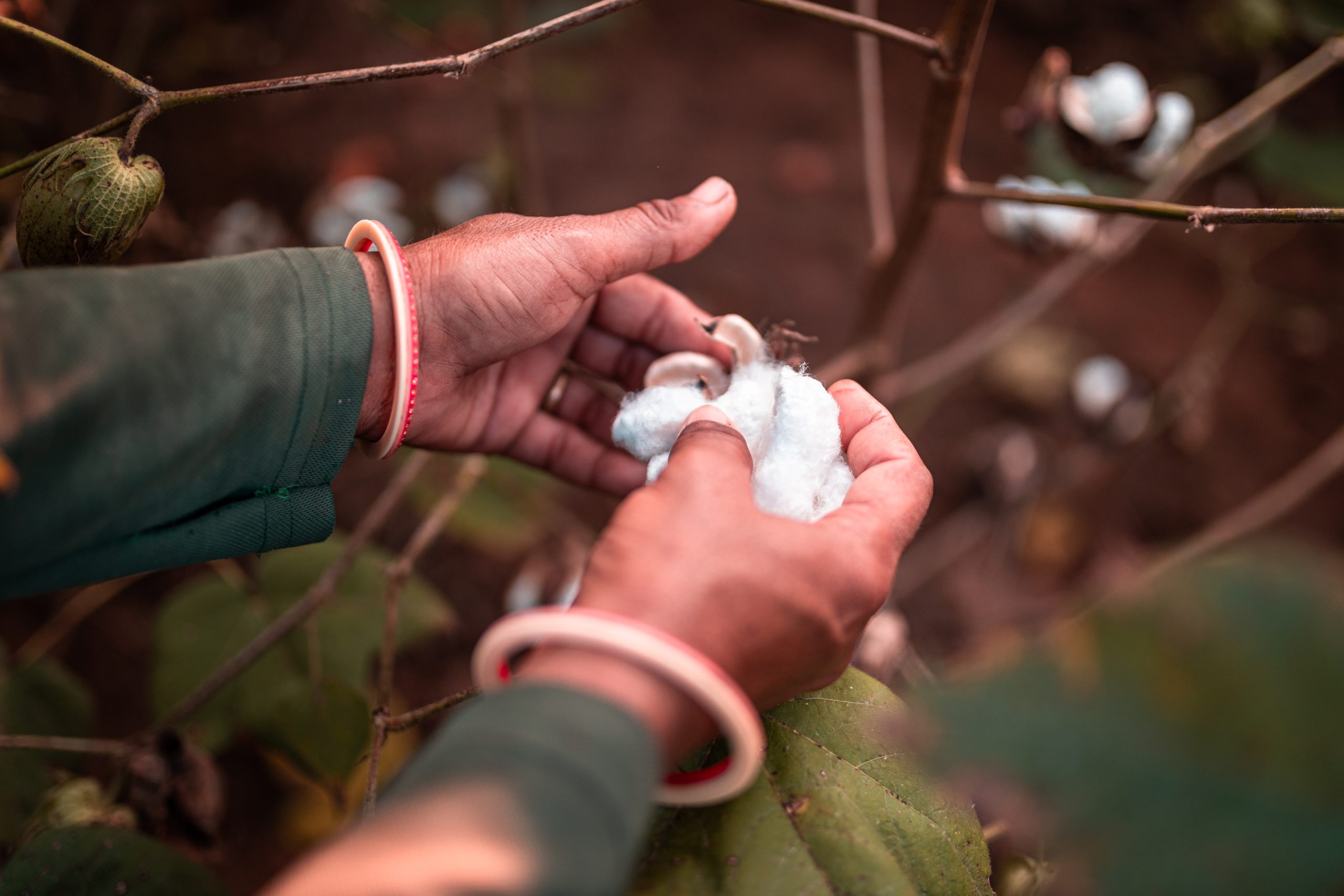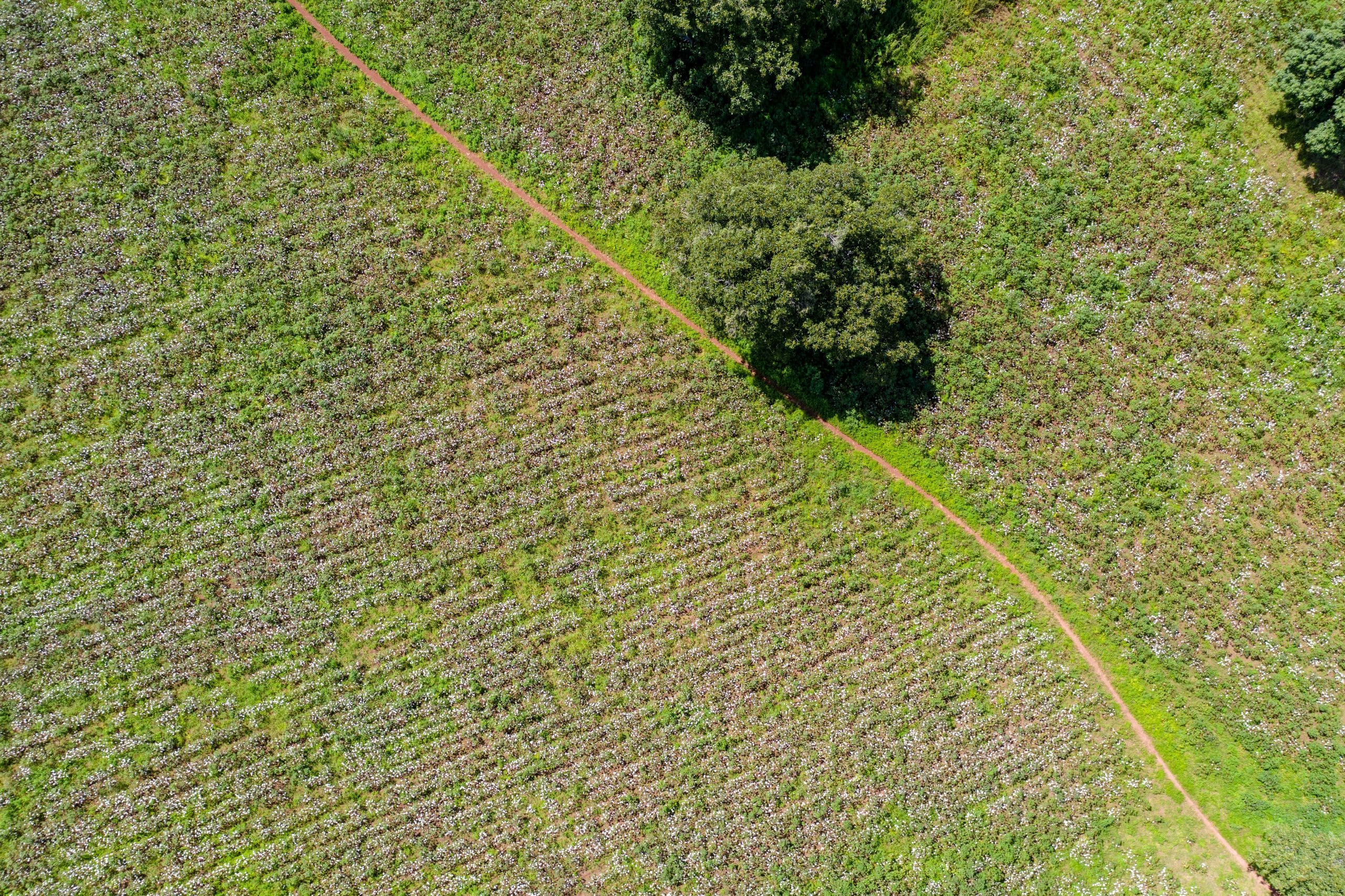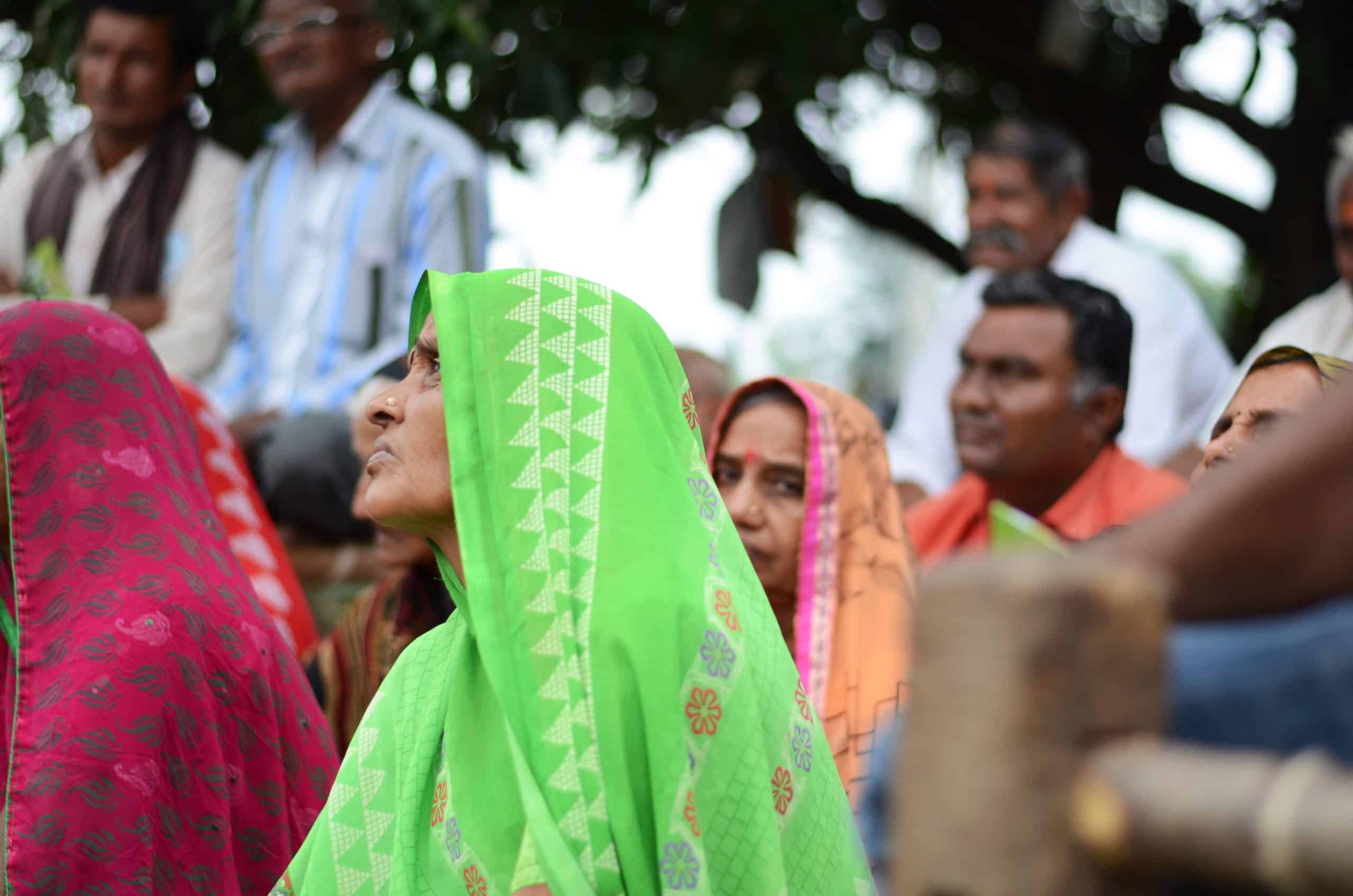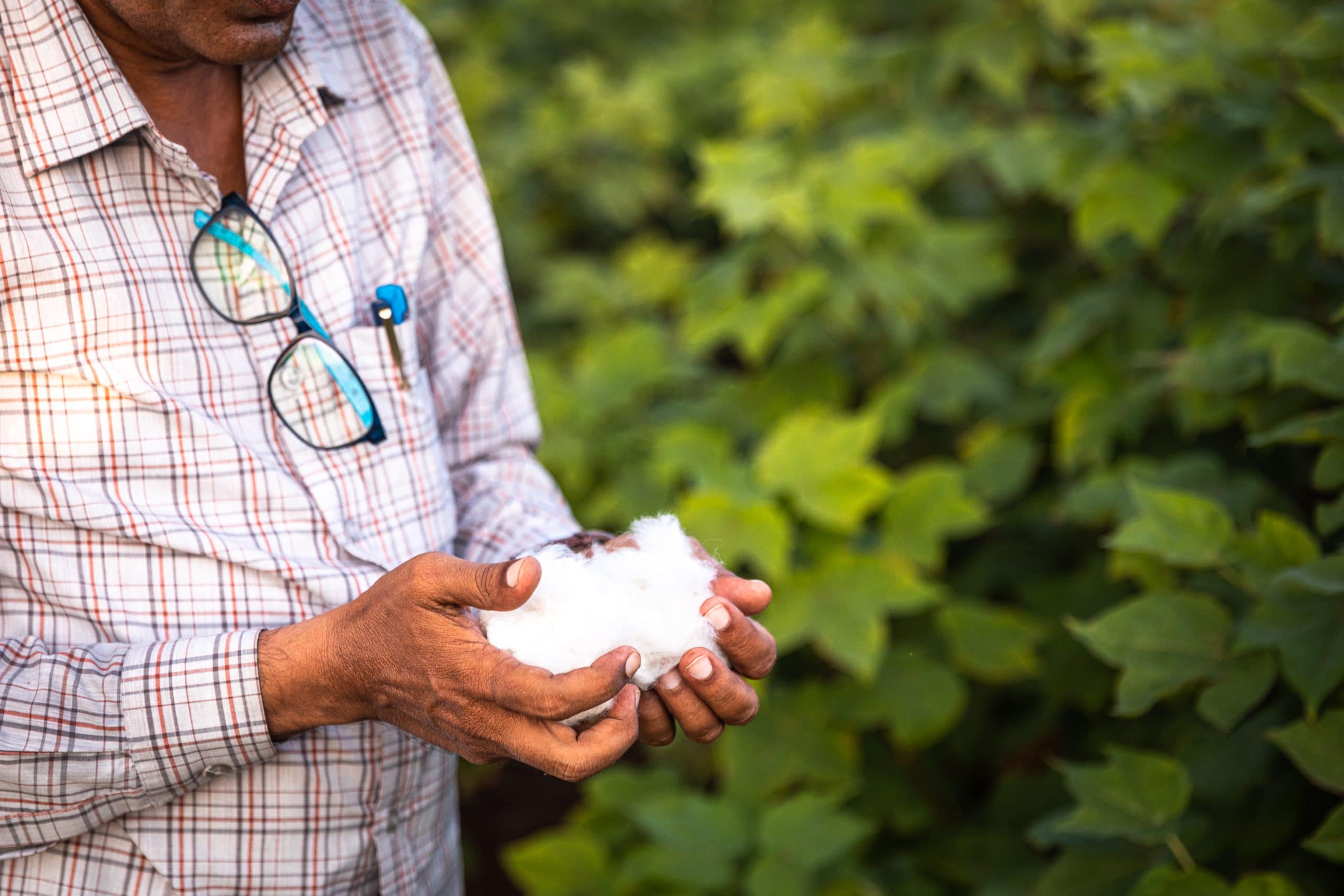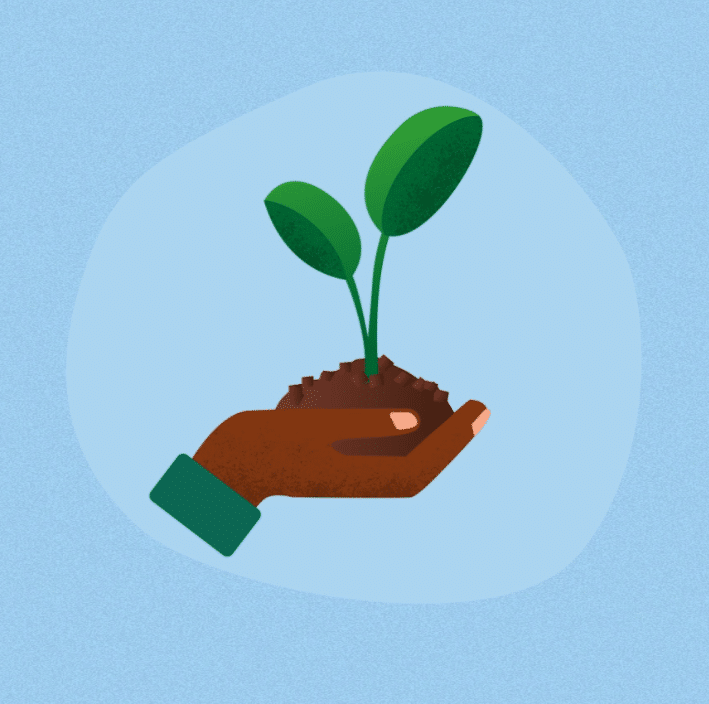Better Cotton Impact Targets: Q&A with Nisha Onta, Regional Coordinator for Asia at WOCAN
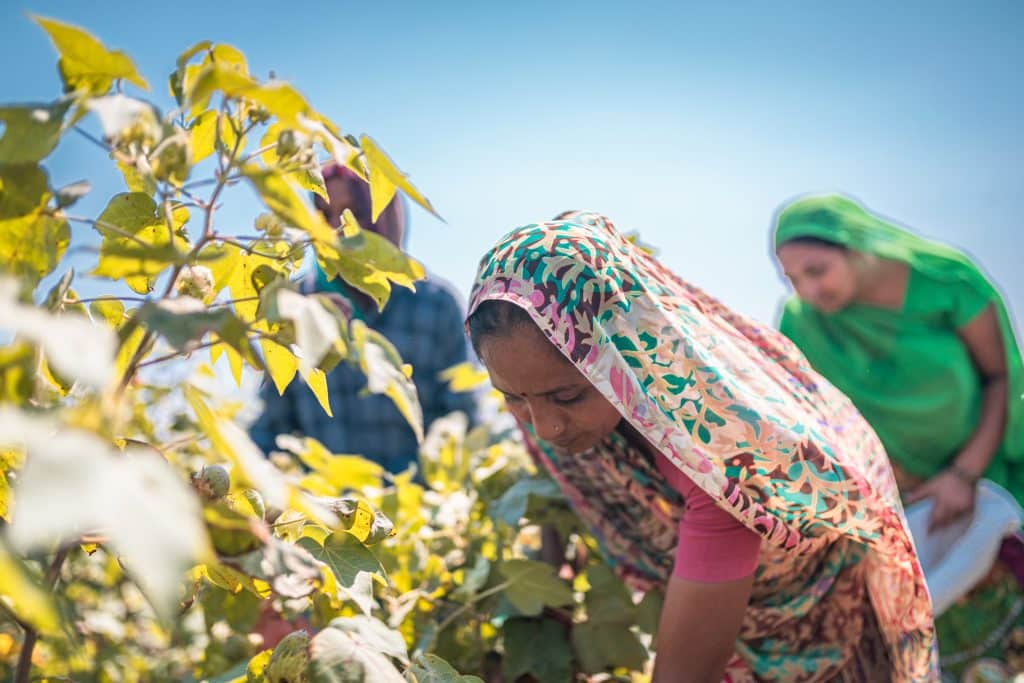



Millions of women around the world dedicate their lives to cotton production, and yet their representation and contributions aren’t fairly reflected within the sector’s hierarchies.
It’s with this in mind that Better Cotton recently launched its 2030 Impact Target for Women’s Empowerment. Over the coming years, we aim to reach one million women in cotton with programmes and resources that promote equal farm decision-making, build climate resilience, or support improved livelihoods. What’s more, we commit to ensuring that 25% of field staff are women with the power to influence sustainable cotton production.
To achieve this, we’ll collaborate closely with leading organisations to create the environment for field-level change. Here, we speak to Nisha Onta, Regional Coordinator for Asia at WOCAN, to understand the topic’s complexities and obstacles preventing women from advancing their careers in cotton. Nisha is amongst four keynote speakers at this year’s Better Cotton Conference, taking place in Amsterdam from June 21.
Historically, what have been the barriers to access to training for women in sectors such as cotton farming?
There are a lot of research findings which show that the major barrier for women to access training are time poverty, access to information and restrictions on mobility.
Time poverty simply means there is just not enough free time in the lives of women to add more training to their schedule. It is called the ‘triple burden’ of women. Women are responsible for productive, reproduction and communal roles. Therefore, in order to make sure we want to invite more women to train, organisers will have to provide childcare facilities, the timing of the training has to be reasonable for them and the training should address the triple burden so it is not adding to their already packed schedule of responsibilities.
Access to information is also critical, there are many instances that women are simply not aware of the availability of training or resources. Therefore, the usual mode of communication, such as sending training schedules to local representatives and news in the media might not reach the women we are trying to train. Perhaps using local women cooperatives and other mediums that are accessible to women could increase their participation.
Mobility issues can be due to cultural issues or simply the issue of infrastructure. If the training is scheduled for the evening but local safe transport is not available, for example. In some communities, women may not be allowed to travel to participate in trainings, then the organisers will have to use different strategies to convince the head of the households to give permission for the women to attend.
How influential will the provision of training for women be to increasing their representation in decision-making roles?
Ensuring that there’s capacity for women to participate in decision-making is critical to increasing their representation. If the system is not designed to include women in leadership positions, no matter how much training is available, they’ll never have equal opportunities. Therefore, a systematic rethink is required to create the space for women to participate and influence the cotton sector they contribute so much to.
How important will support from organisations like Better Cotton be to enabling this shift within the sector?
Organisations like Better Cotton can be catalysts to advance gender equality in the cotton sector. Better Cotton’s vast network touches millions of farmers around the world and this infrastructure will be important to driving changes at the field-level. Better Cotton’s Women’s Empowerment Impact Target will serve an important purpose to the sector if we’re to see women afforded the chances that have historically been set aside for men.
By 2030, what infrastructural changes would you like to see within agriculture to better support women?
There needs to be the space for women to voice their opinion and influence the sector’s development through decision-making positions. There has to be more direct resources such as trainings, credit and grants for women led business. These changes will inspire and impact future generations across agriculture and may also encourage the creation of more women-led businesses in the cotton value chain.
Read more
